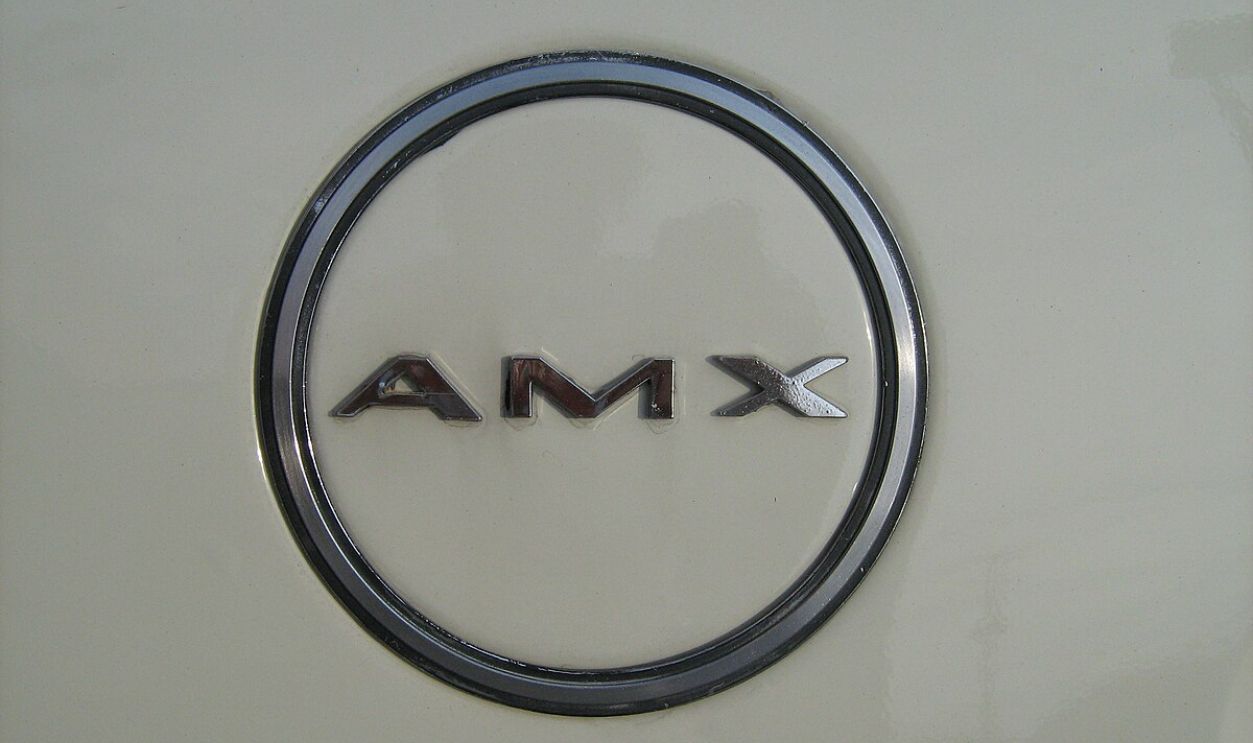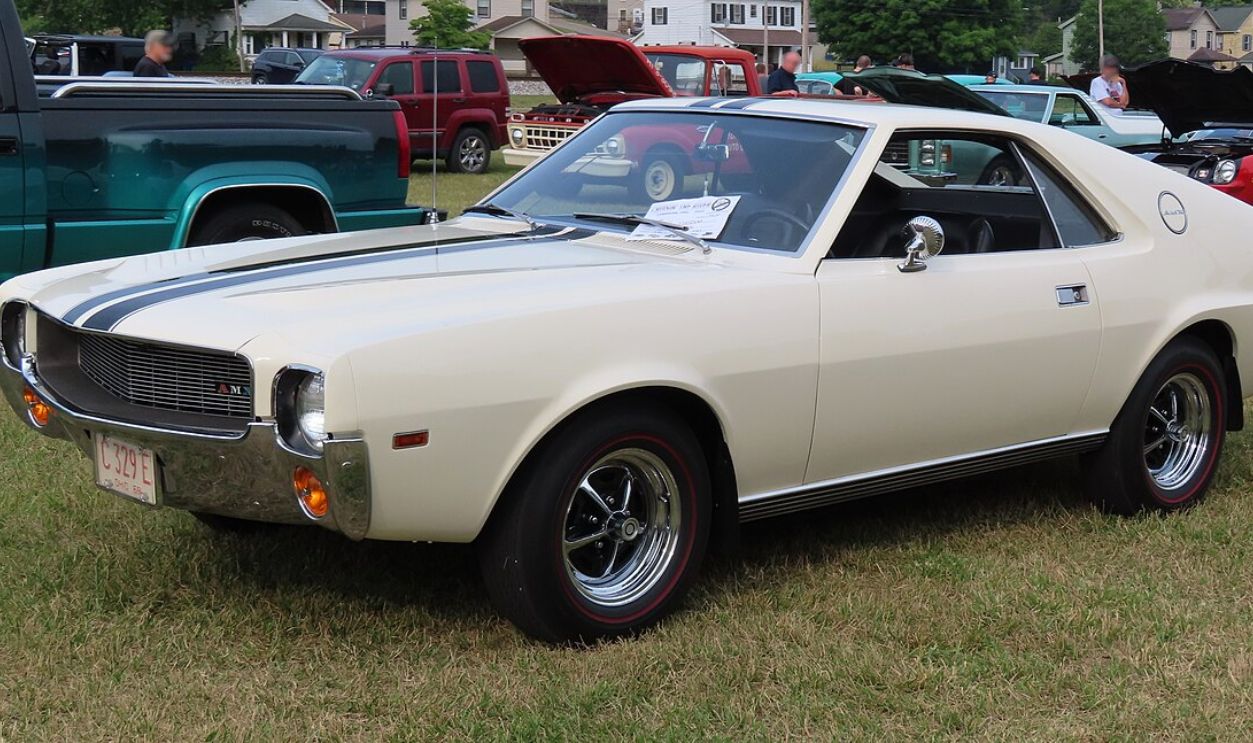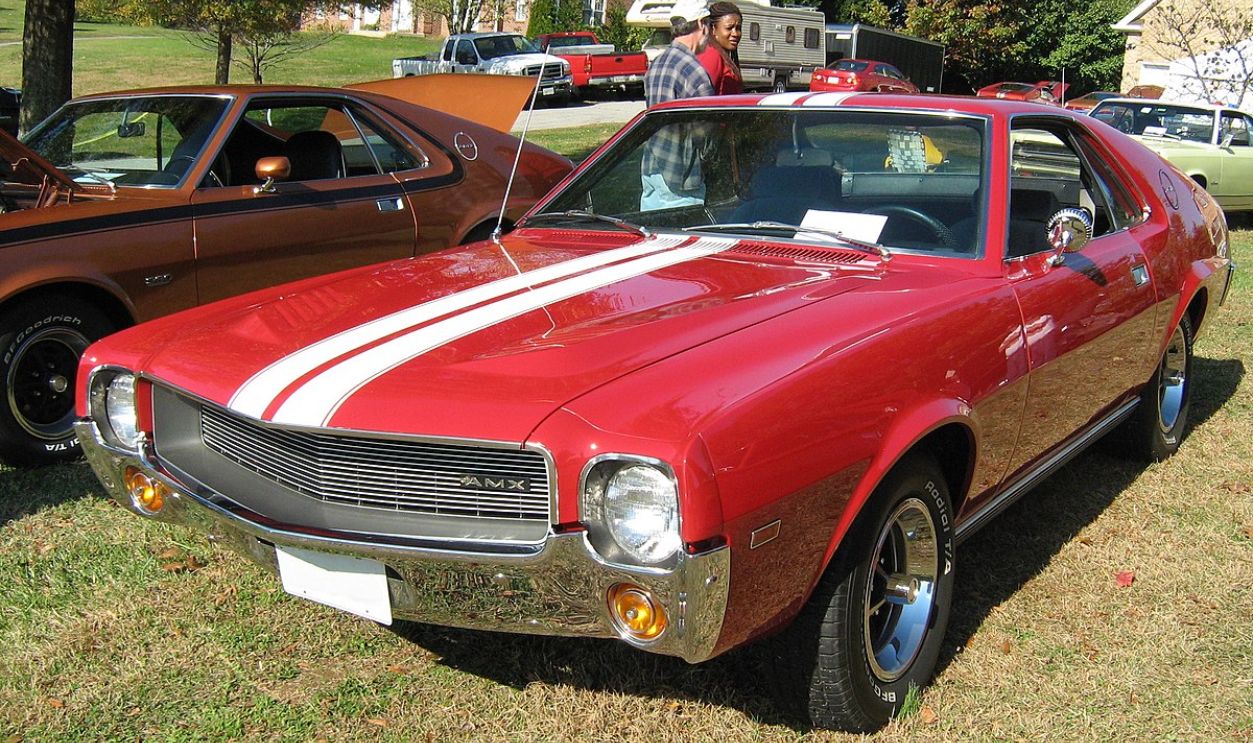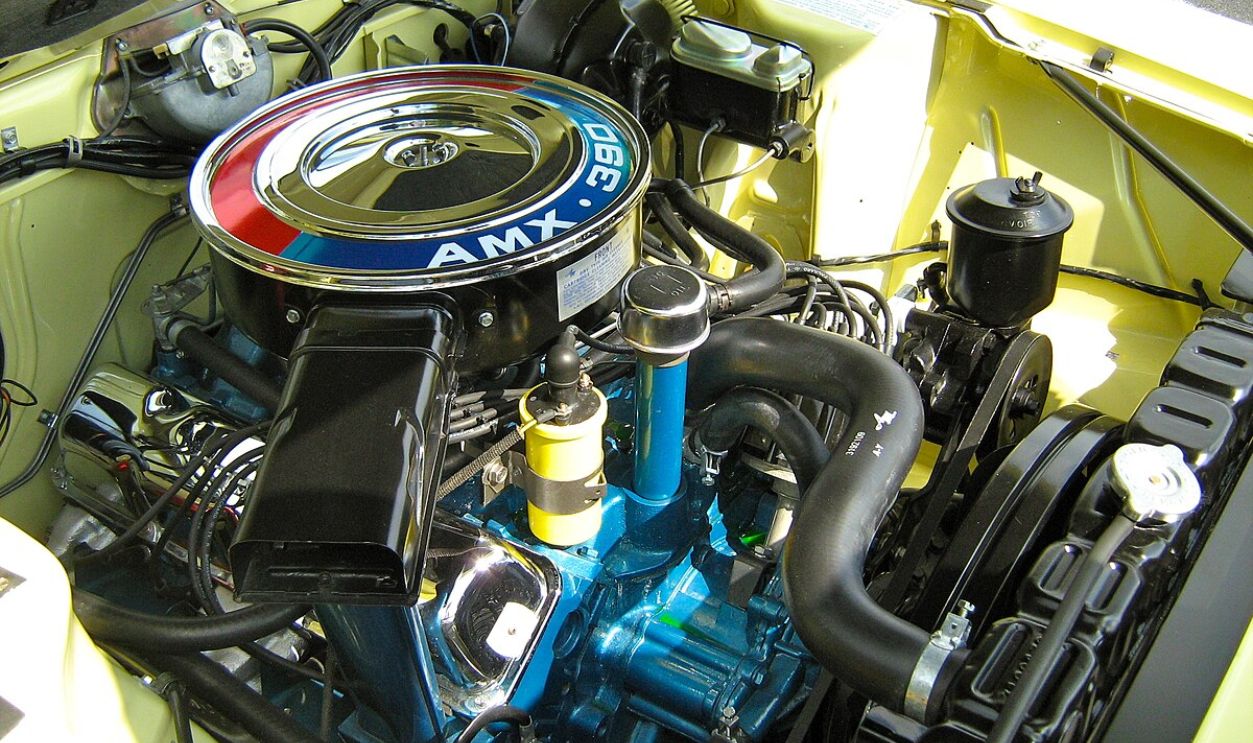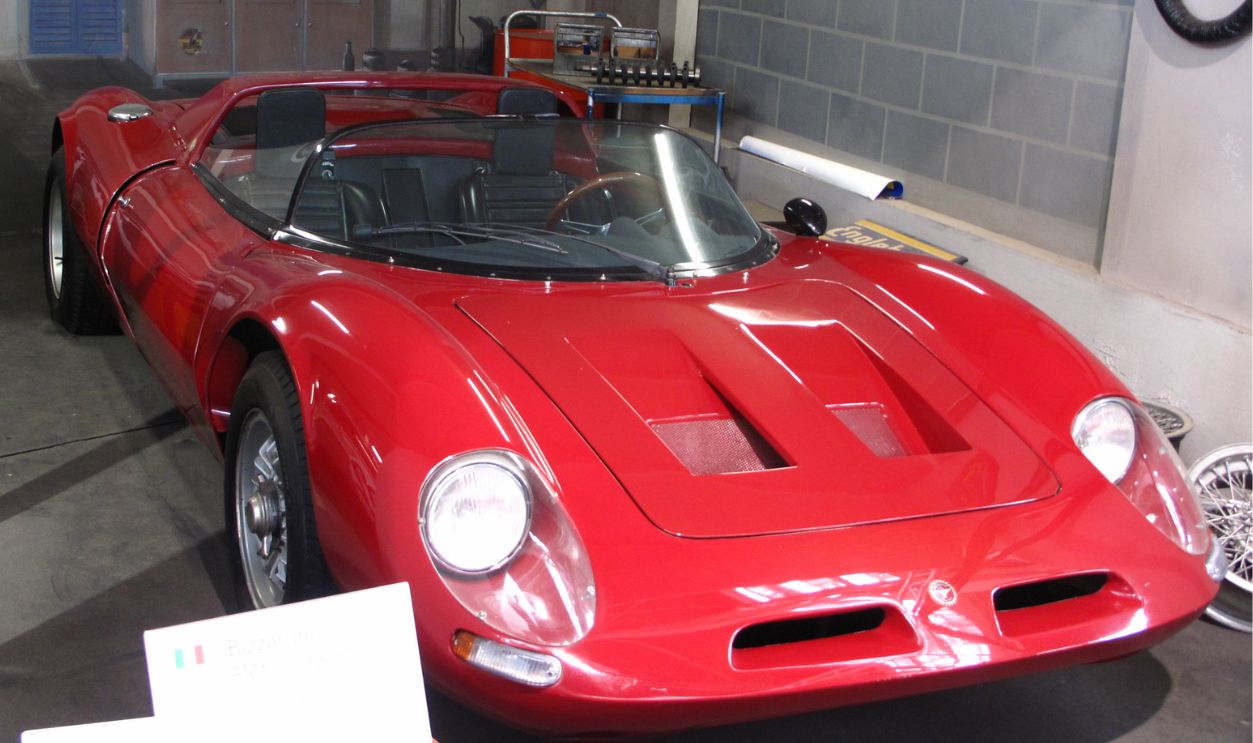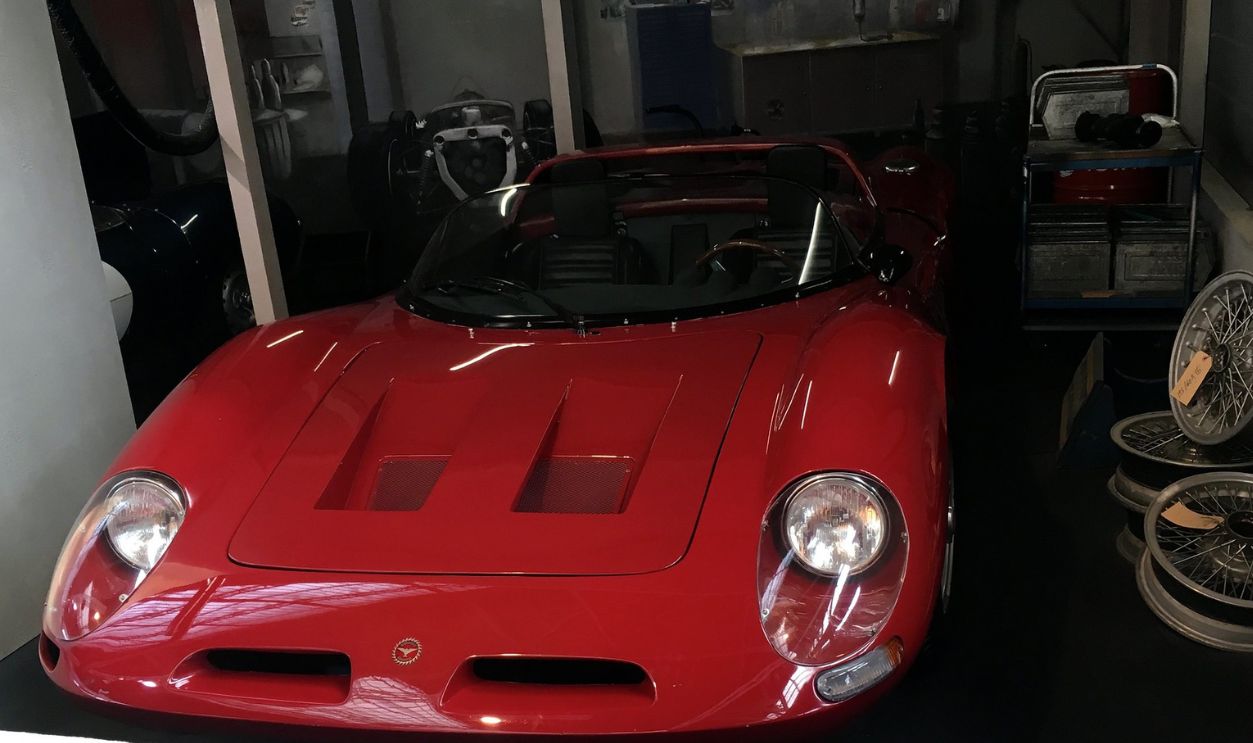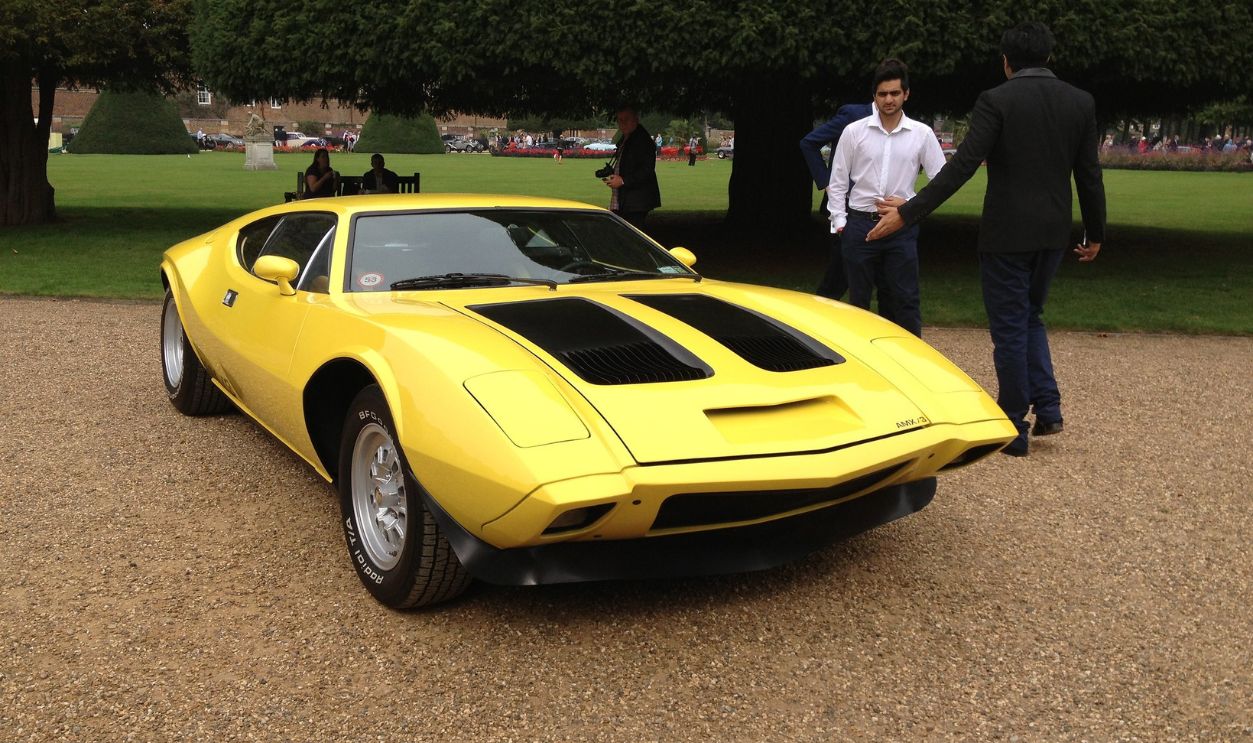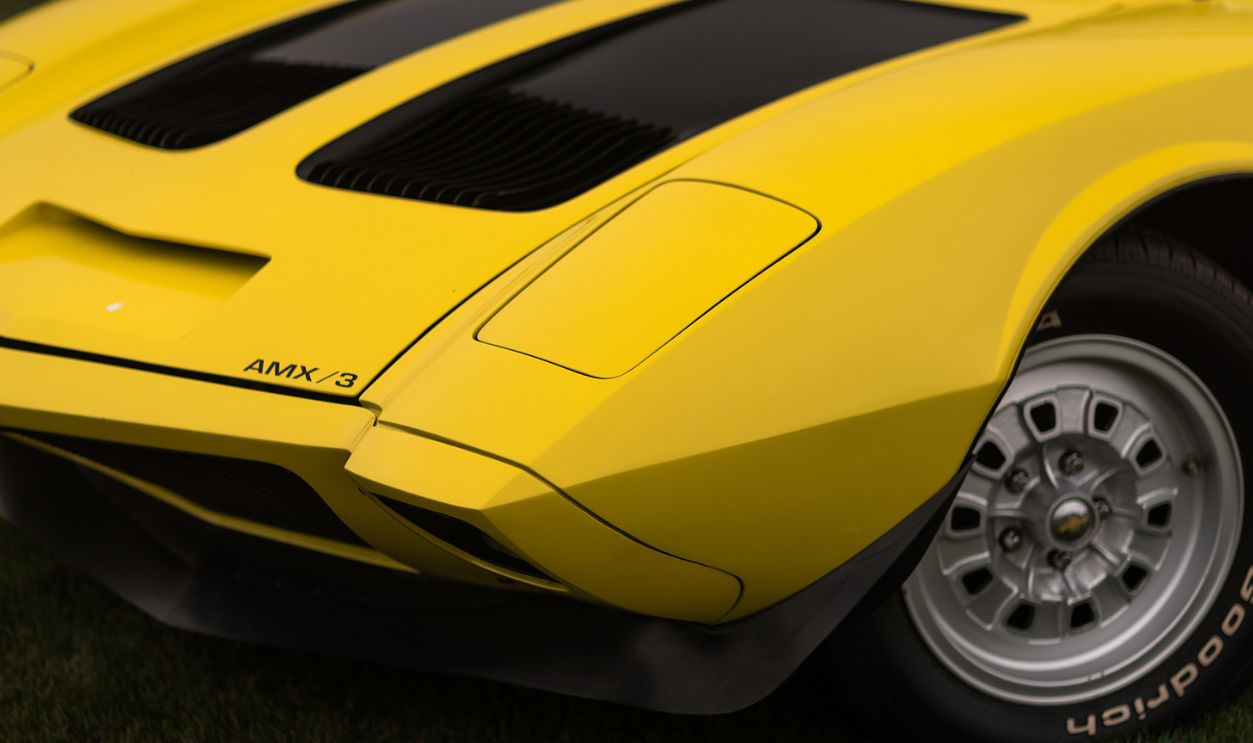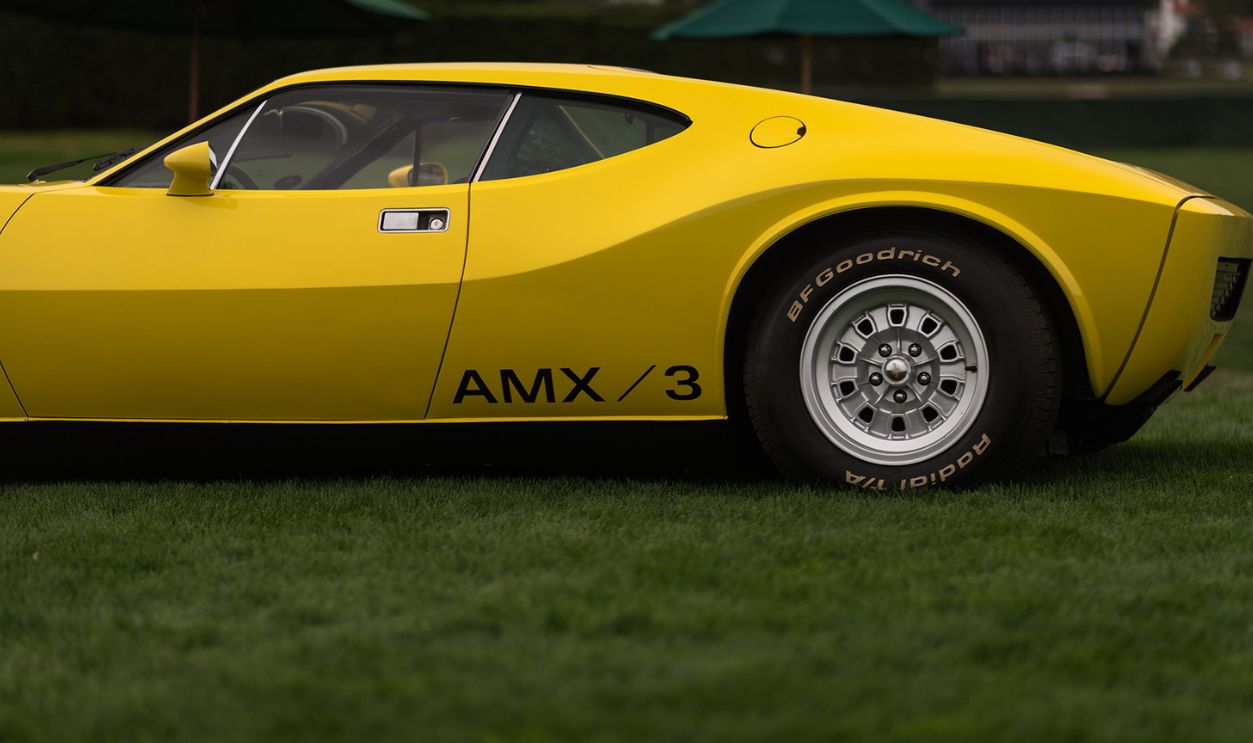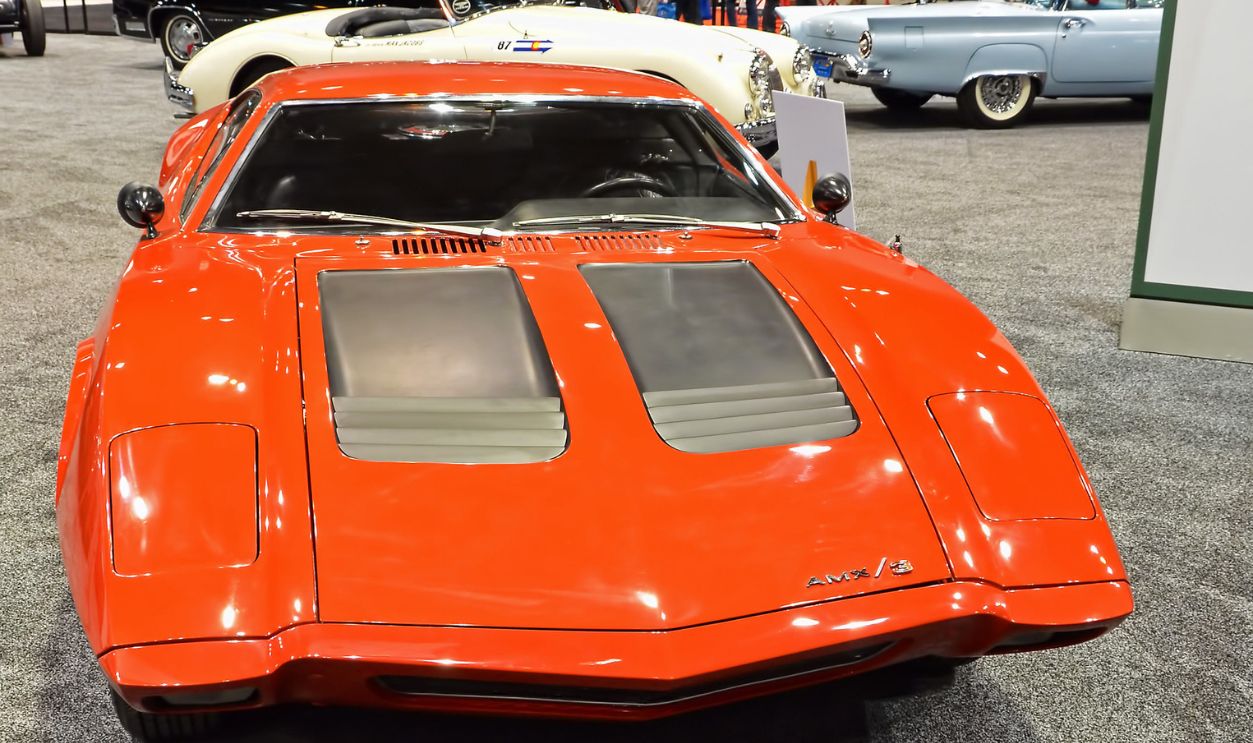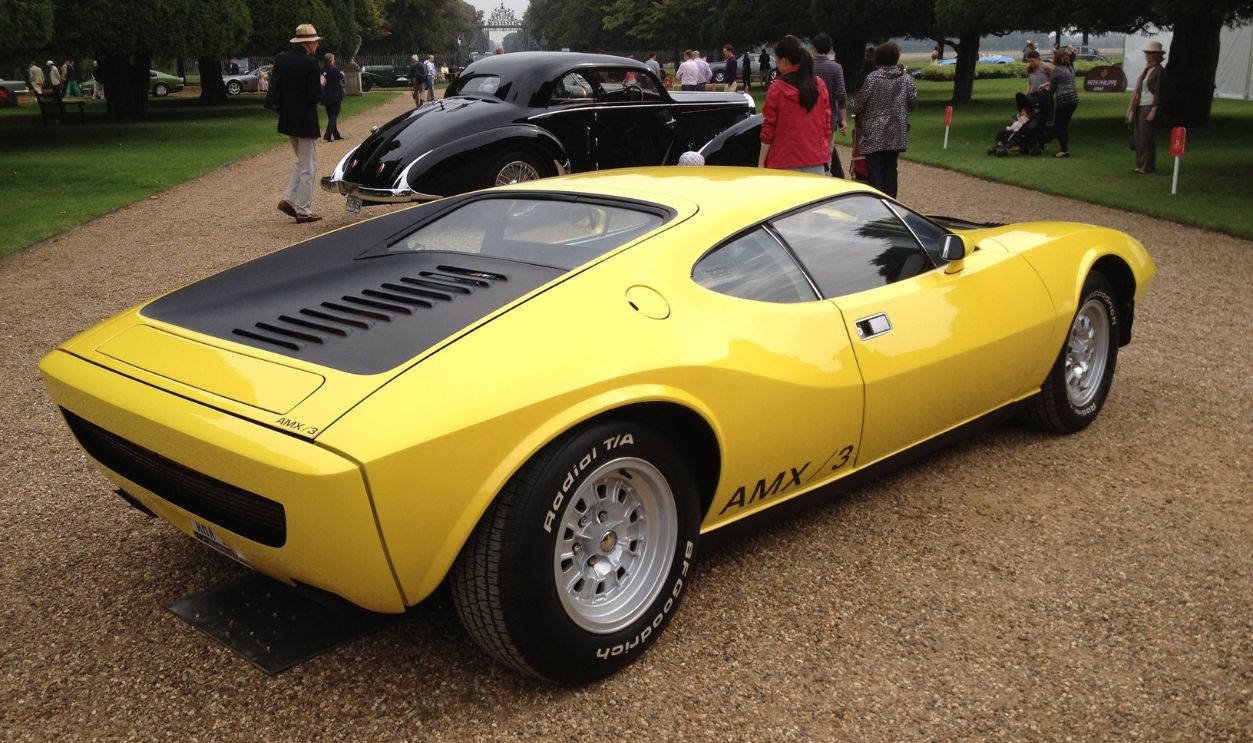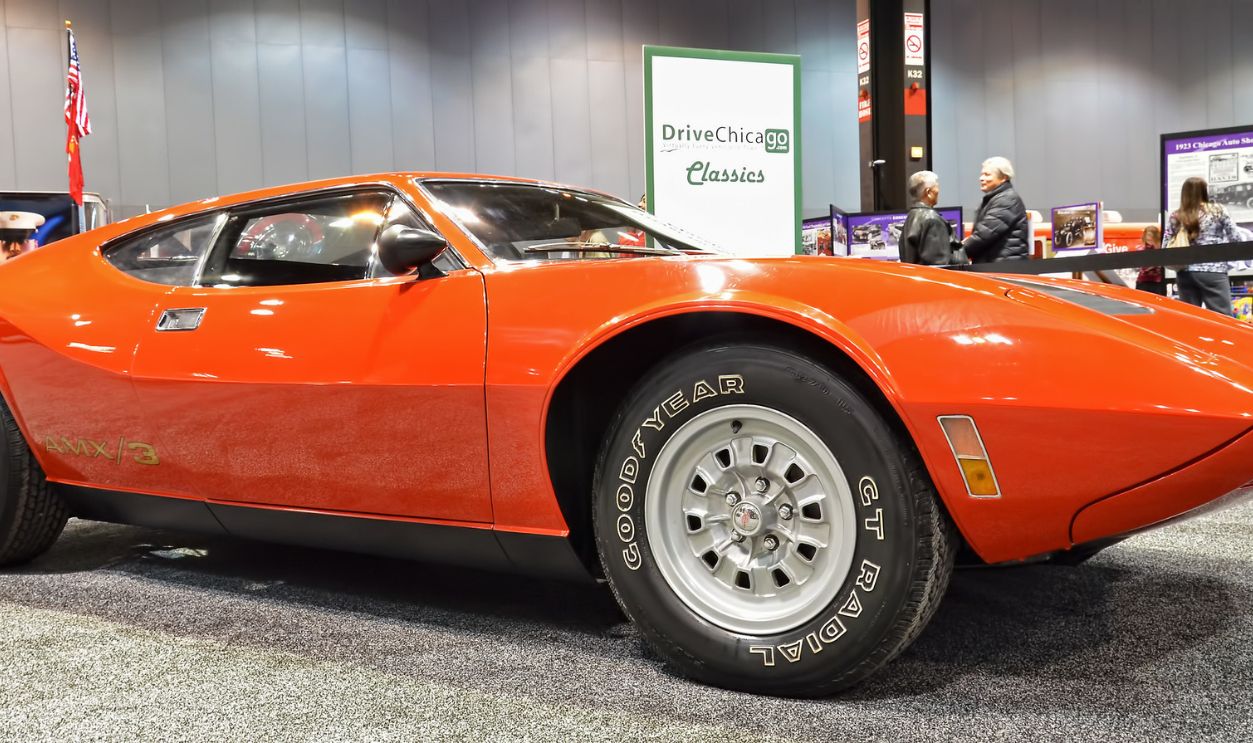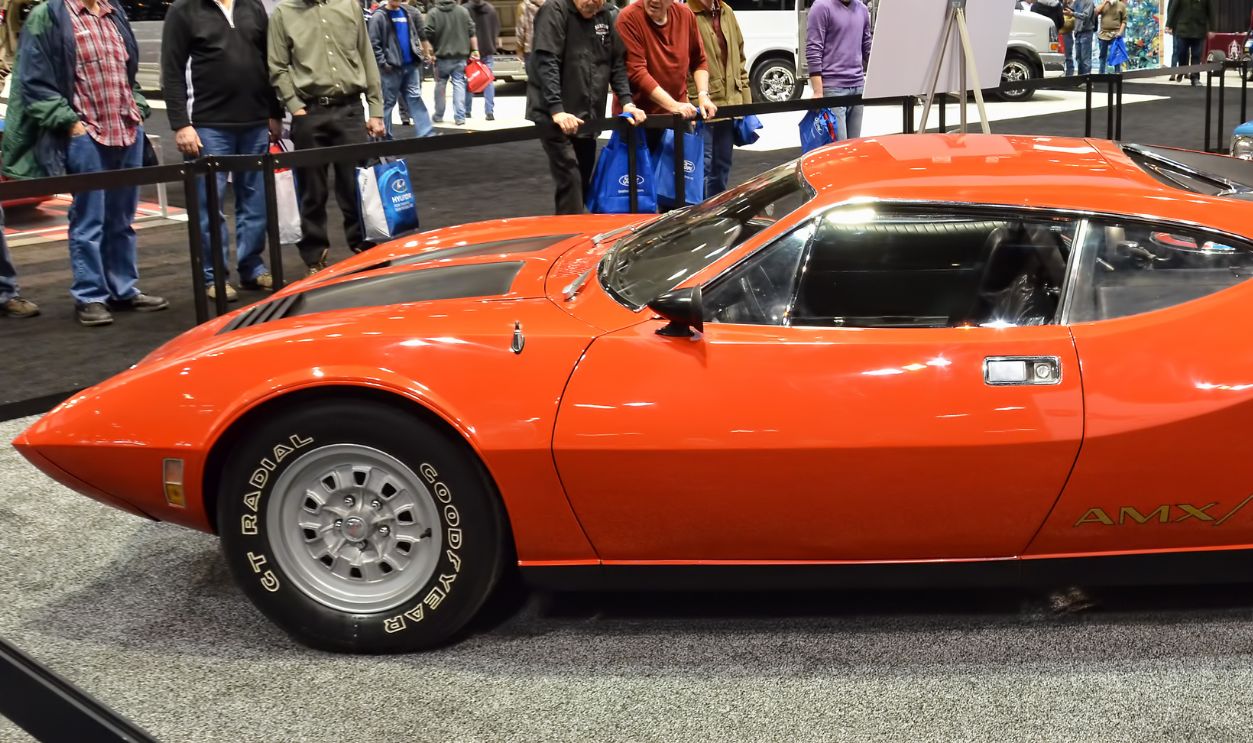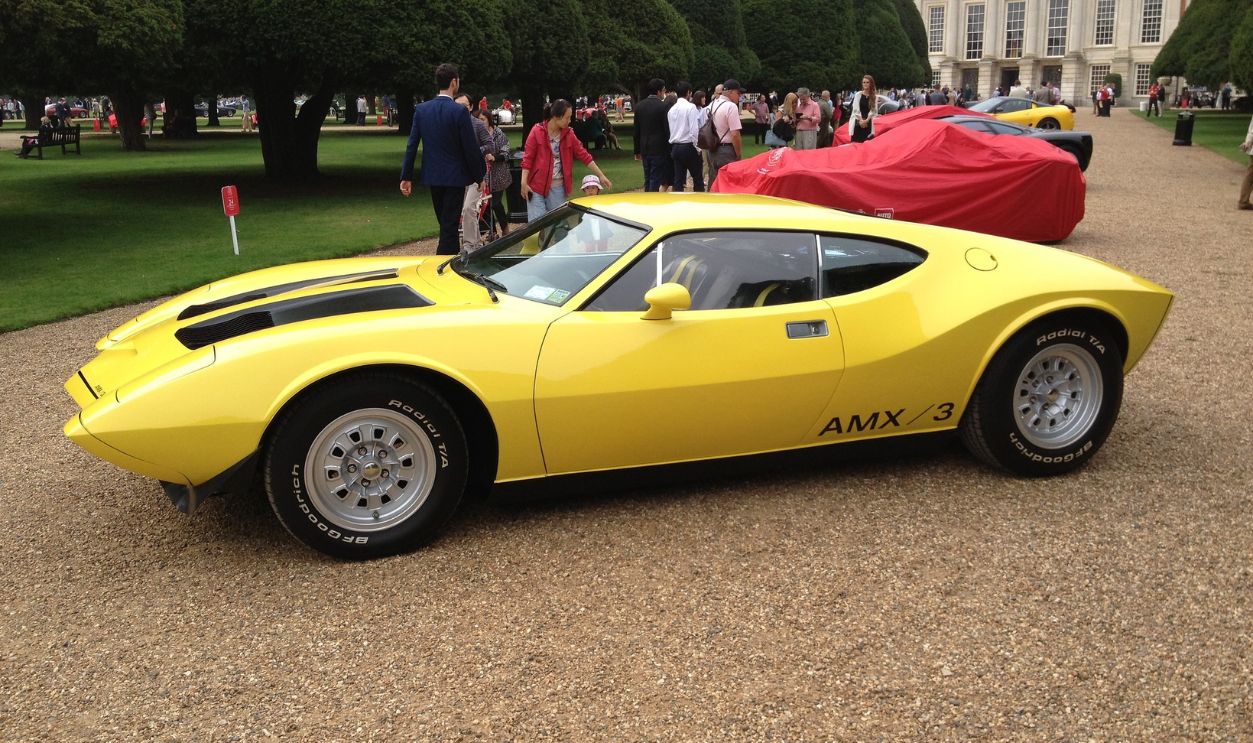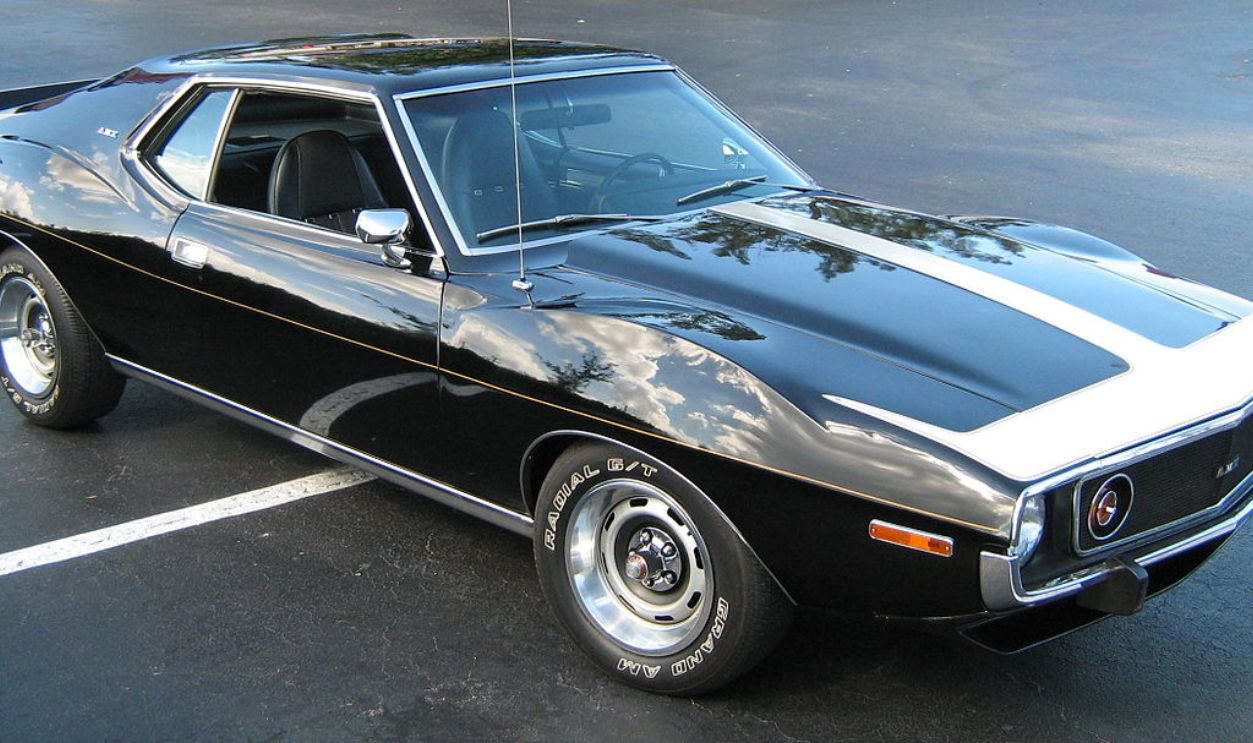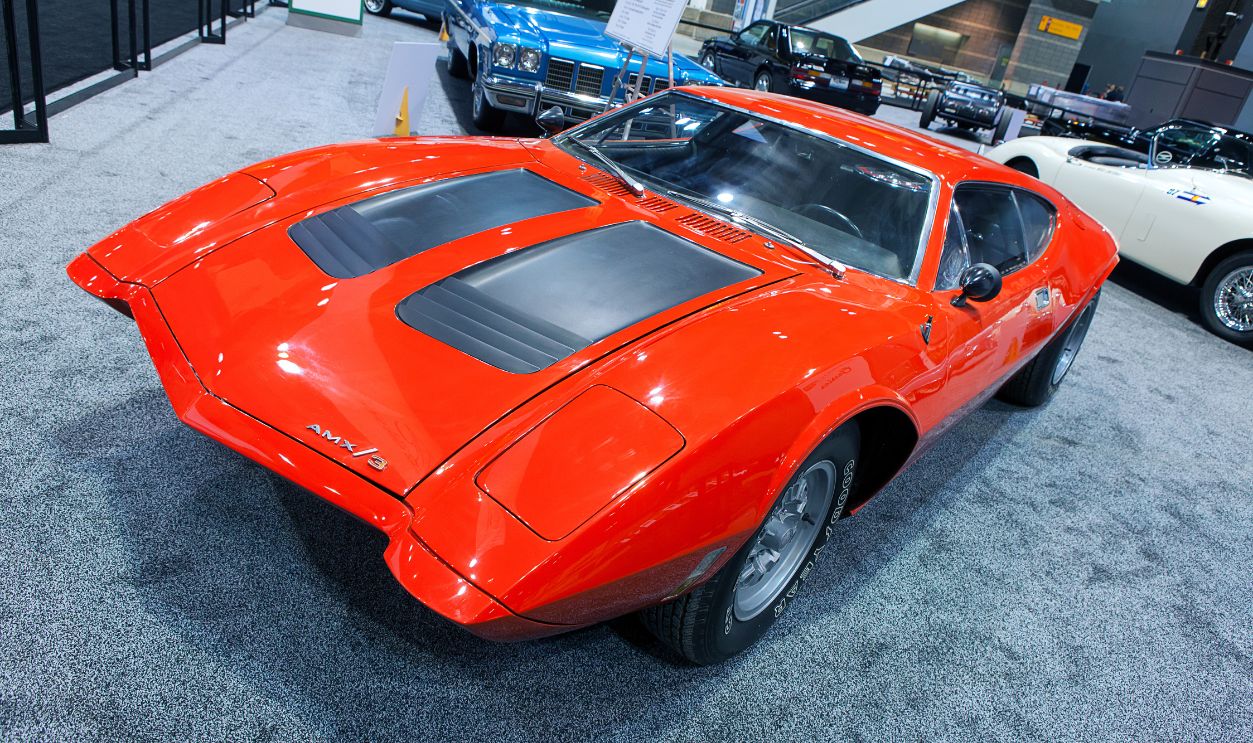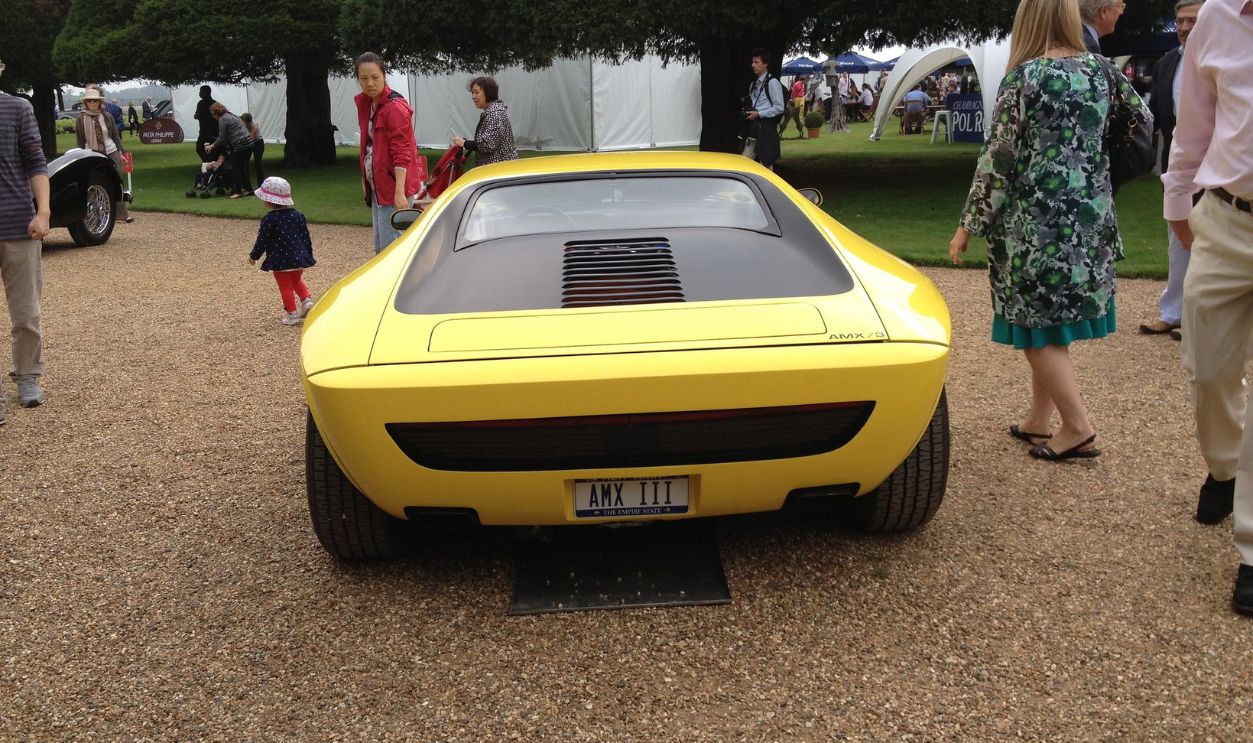The Dream Car That Never Happened
Speedcars, sports cars, and all the cars you see on roads all had a common channel—paper, prototype, test, then release. The AMC went through most of those steps but never got to release. Here’s the story.

AMC’s Goal
When AMC released the iconic AMX (American Motors Experimental) series, it wanted to make a statement to other competitors in the muscle and sports car markets. But things immediately went south, and the same model missed every opportunity to set the pace in that market.
Meet The AMX Series
The AMX was celebrated as one of the few American two-seater cars since the Ford Thunderbird and Chevrolet Corvette. It combined a compact, lightweight design with powerful V8 engines, all at a relatively cheap price. The AMX series was proof of AMC’s innovative spirit.
Vision And Ambition
In creating the AMX, AMC had one goal: to release a world-class sports car that could compete squarely with the finest European supercars. And because America was saturated with muscle cars, AMC figured it could create a mid-engine, high-performance vehicle that combined American power with European sophistication.
Venturing Into The Sports Car Market
AMX/3 was born from the marriage between the power and speed of American muscle cars and the advanced handling properties of European supercars. As the first child from a beautiful wedlock, the AMX/3 pushed the borders of what an American car could do.
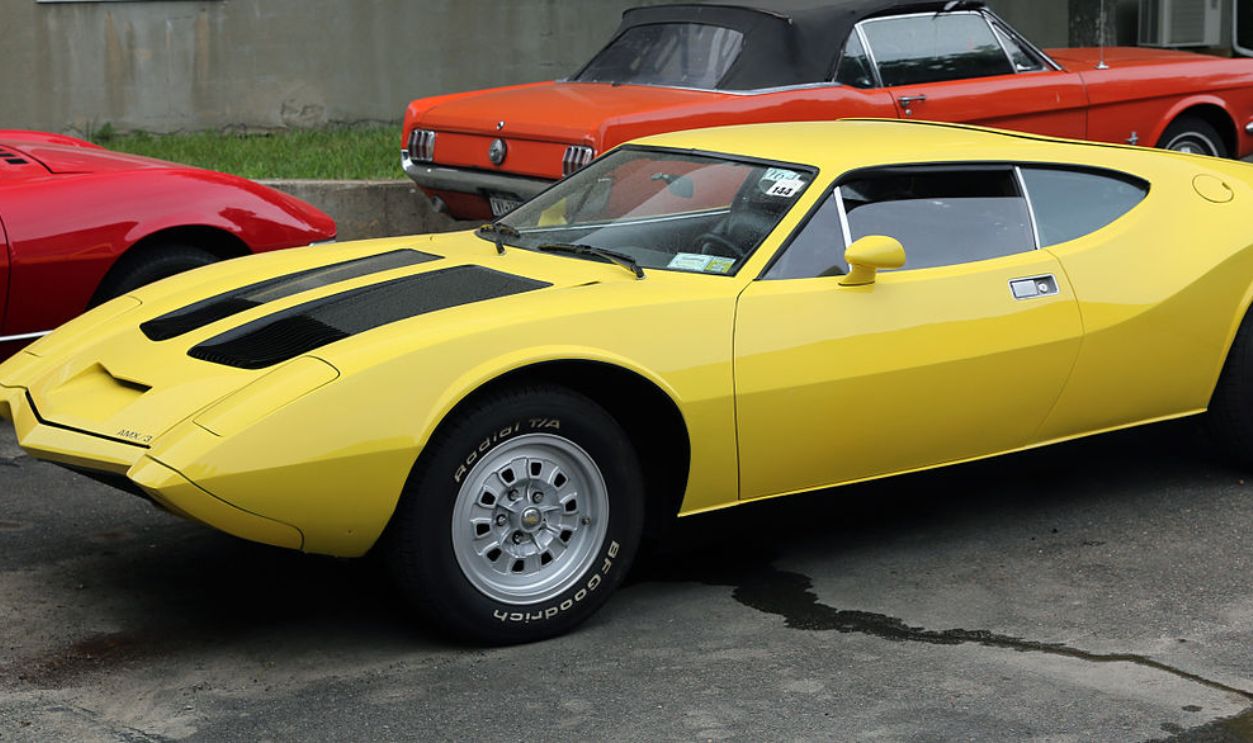 Mr.choppers, CC BY-SA 3.0, Wikimedia Commons
Mr.choppers, CC BY-SA 3.0, Wikimedia Commons
European Supercars That Influenced The AMX/3
The AMX/3 was heavily inspired by its European ancestry. Its distant cousins, the Lamborghini Miura and De Tomaso Pantera, were the big boys of Europe. They already featured mid-engine layouts and aerodynamic profiles, influencing the design of the AMX/3.
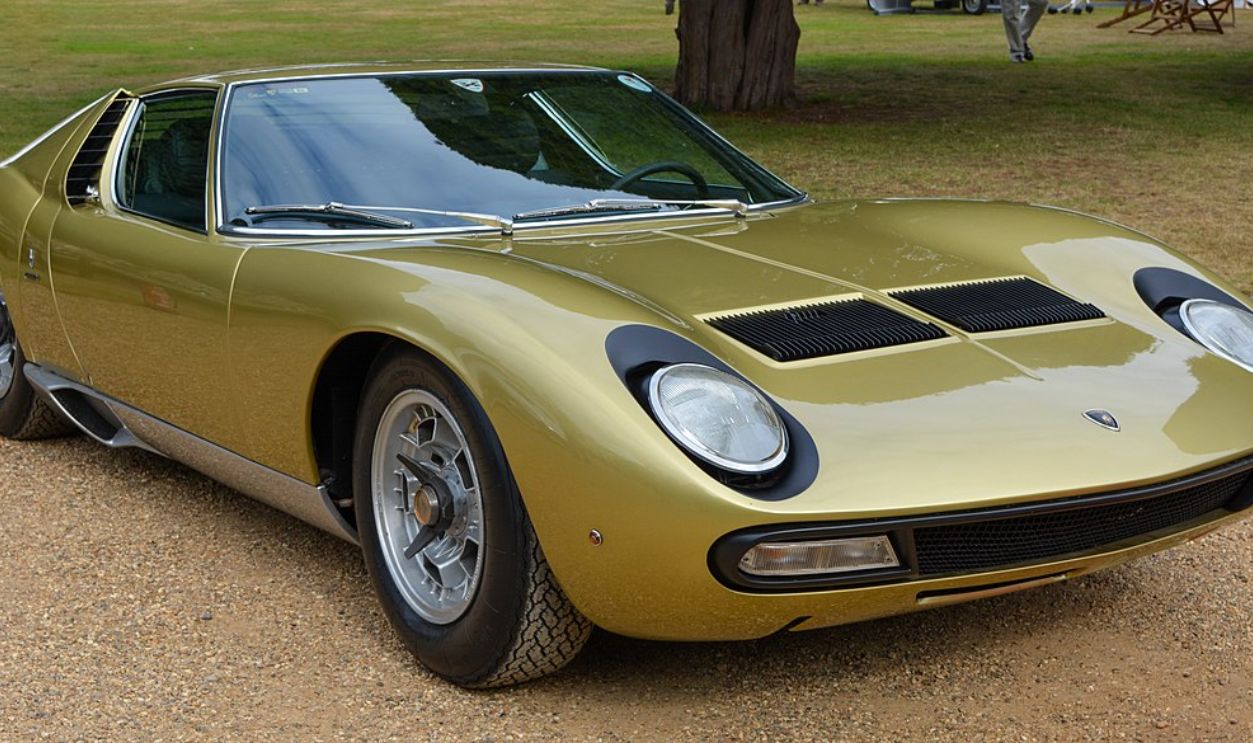 Chelsea Jay, CC BY-SA 4.0, Wikimedia Commons
Chelsea Jay, CC BY-SA 4.0, Wikimedia Commons
Target Audience
While designing the AMX/3, AMC had one audience in mind: sports car enthusiasts and collectors who appreciated an excellent combination of technology and unique styling. AMC also hoped that releasing the high-performance but luxurious AMX/3 would capture the attention of anyone who valued exclusivity and innovation.
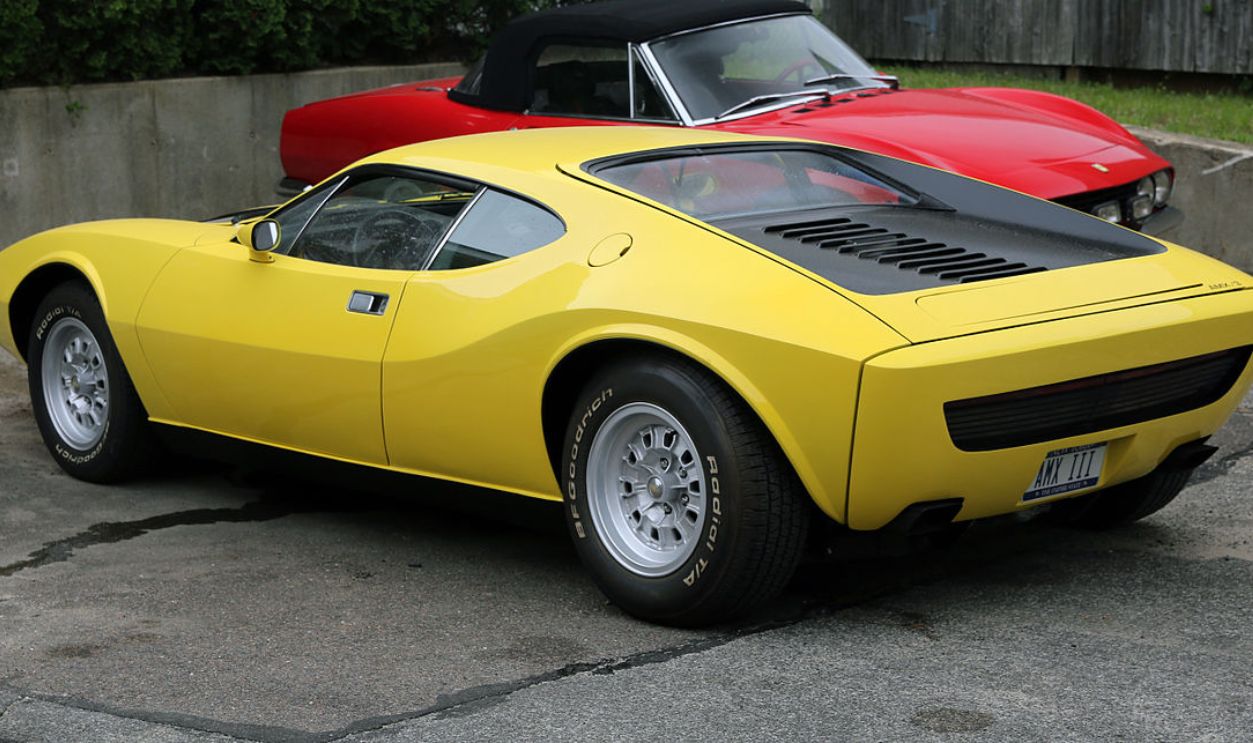 Mr.choppers, CC BY-SA 3.0, Wikimedia Commons
Mr.choppers, CC BY-SA 3.0, Wikimedia Commons
Choosing The Mid-Engine Layout
But why did AMC use a mid-engine design for the AMX/3? To achieve better performance and handling qualities. This mid-engine arrangement was necessary for sports car development because it enhanced the car’s weight distribution and increased traction at high speeds.
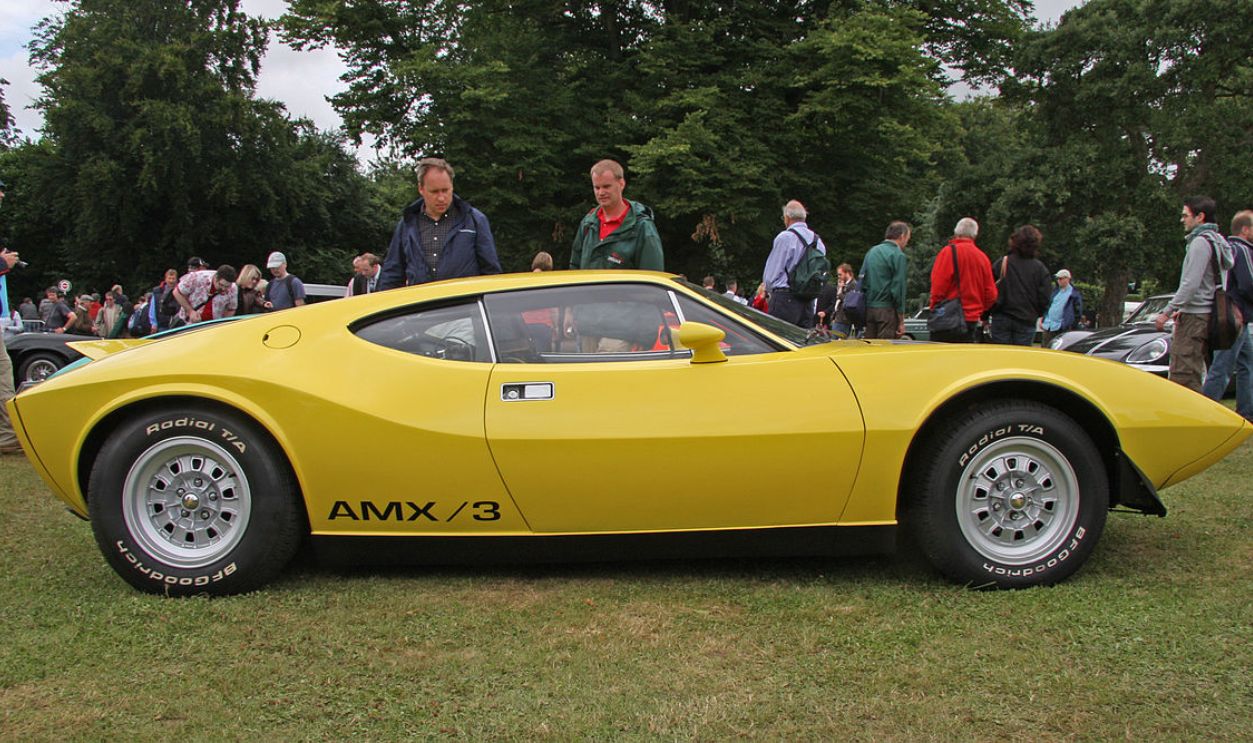 Brian Snelson, CC BY 2.0, Wikimedia Commons
Brian Snelson, CC BY 2.0, Wikimedia Commons
Welcome, Giotto Bizzarrini
To finalize the wedlock that would birth the AMX, AMC needed an officiating priest—an experienced engineer—for the ceremony. Enter Giotto Bizzarrini, a former Ferrari engineer and the mind behind several high-profile sports cars. He was hired because he possessed the expertise for the project.
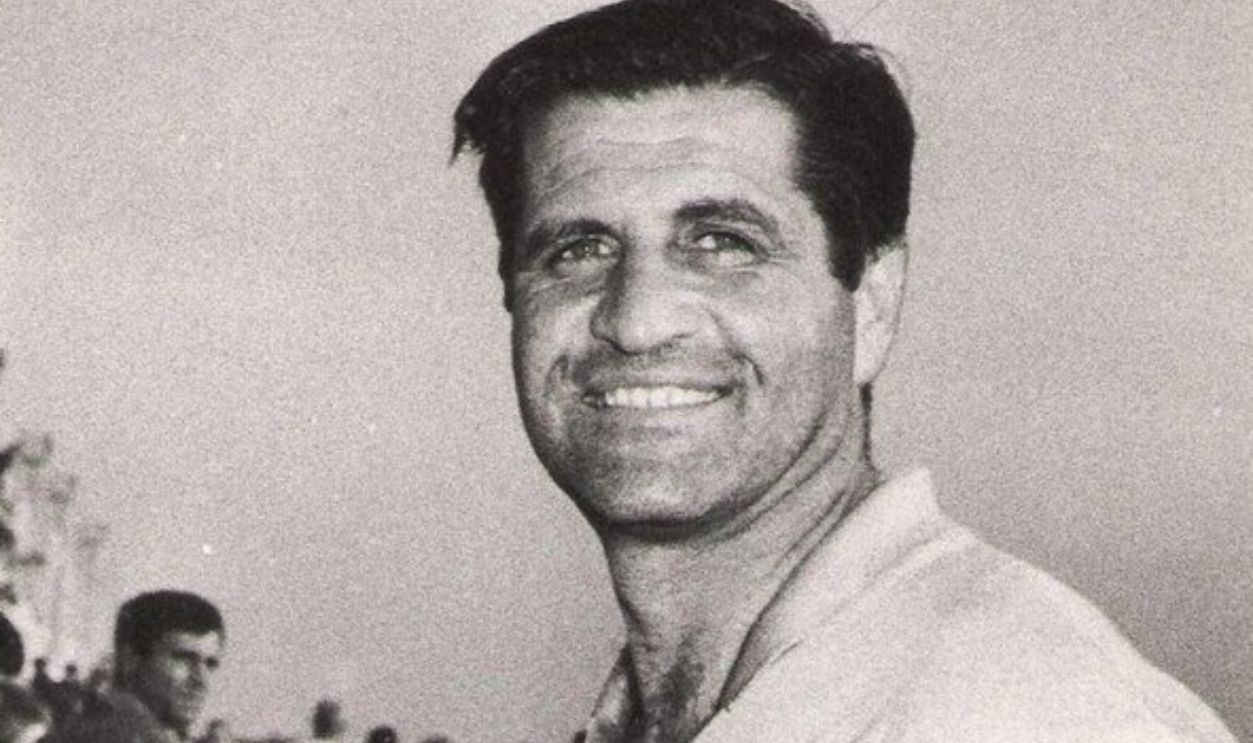 Unknown Photographer, Wikimedia Commons
Unknown Photographer, Wikimedia Commons
Welcome, Giorgetto Giugiaro And Italdesign
AMC also needed an auto design firm for the project. They hired Giorgetto Giugiaro, who, with his design firm, Italdesign, began styling the AMX/3. Italdesign ensured that the product had advanced aesthetics and the technical precision that Giugiaro’s work was celebrated for.
 Mitjagodnic, CC BY-SA 4.0, Wikimedia Commons
Mitjagodnic, CC BY-SA 4.0, Wikimedia Commons
Influence Of Italian Design Philosophy
Giotto was Italian and had worked with Ferrari and Lamborghini, two famous Italian brands. Italdesign, led by Giorgetto, was also an Italy-based firm. Therefore, it goes without saying that the AMX/3 was especially impacted by Italian design philosophy, as seen in the car’s aggressive stance.
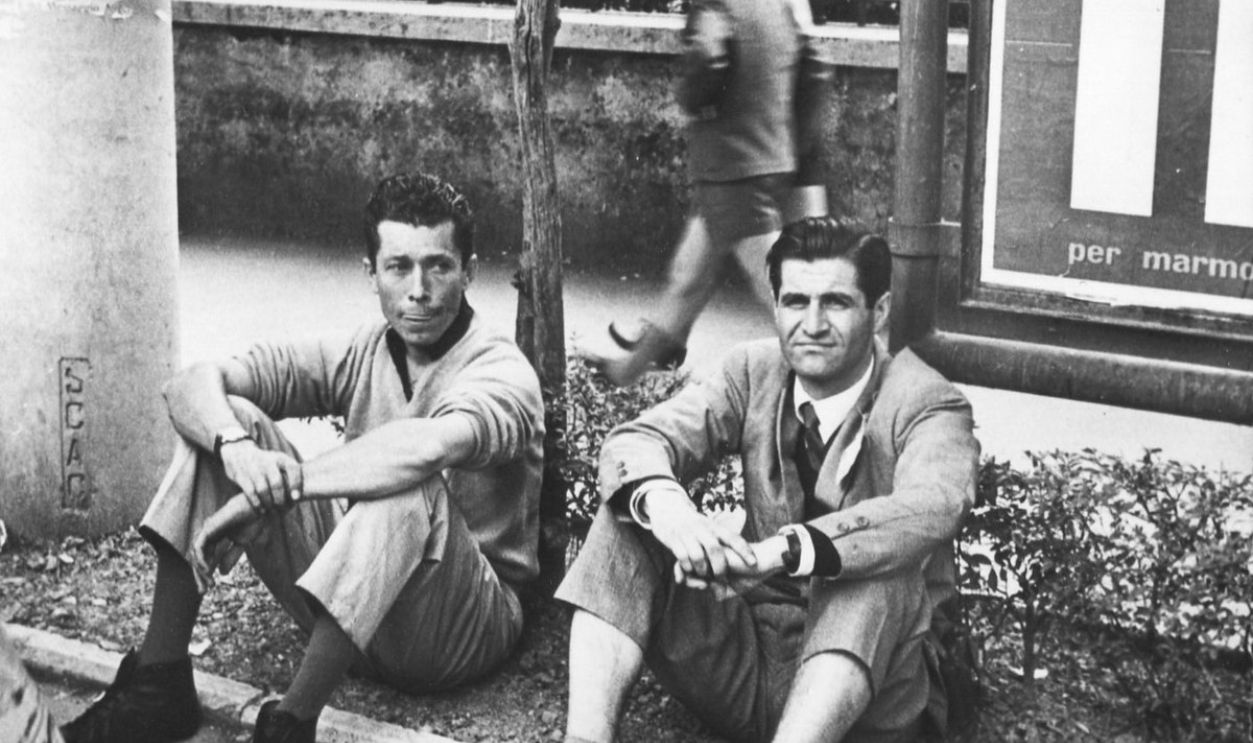 Unknown Photographer, Wikimedia Commons
Unknown Photographer, Wikimedia Commons
Sleek And Innovative Exterior Design
All parties delivered on their promise. The AMX/3’s exterior deviated almost completely from the traditional American sports car. Its wide structure and sculpted sides gave it an assertive and dynamic presence, setting it apart from its contemporaries.
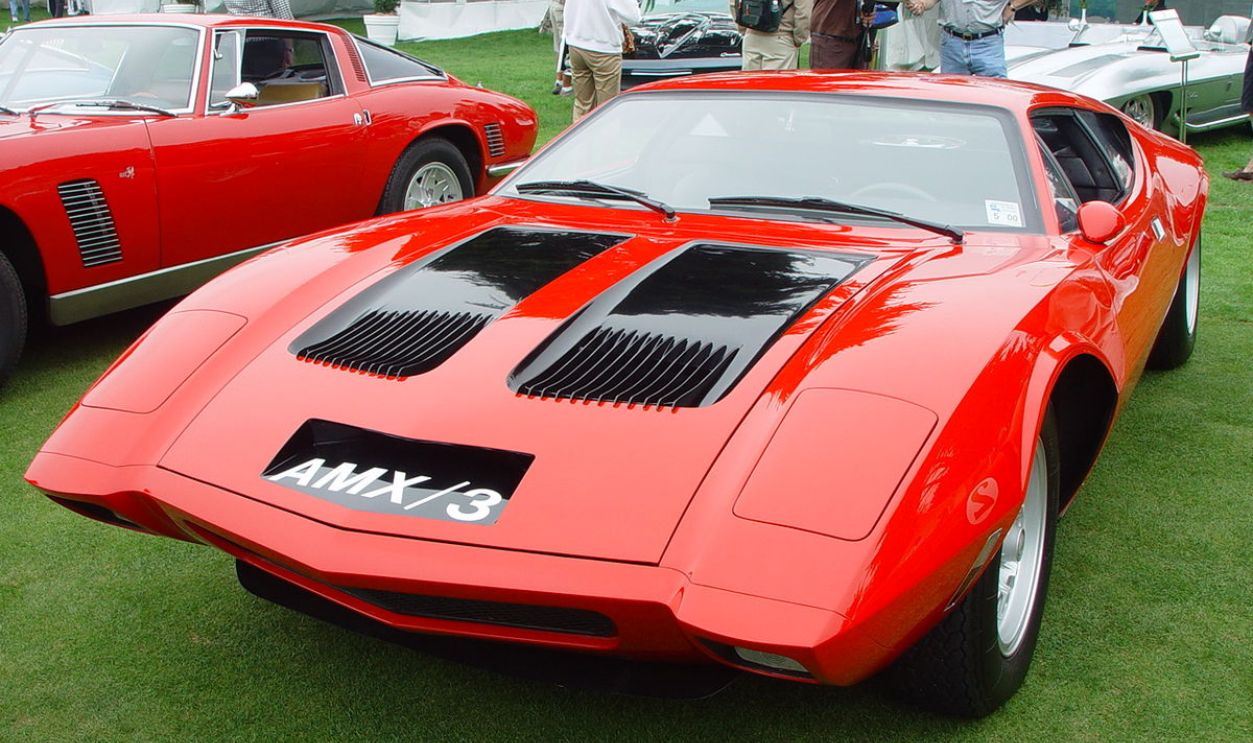 Craig Howell, CC BY 2.0, Wikimedia Commons
Craig Howell, CC BY 2.0, Wikimedia Commons
The AMX/3’s Aerodynamic Body Design
The AMC AMX/3’s sleek, low-slung body was carefully designed to reduce drag and maximize downforce. Unique aerodynamic elements included its large front air intakes, sculpted side panels, and a distinct rear end that added to its streamlined profile. Pop-up headlights also reduced aerodynamic drag.
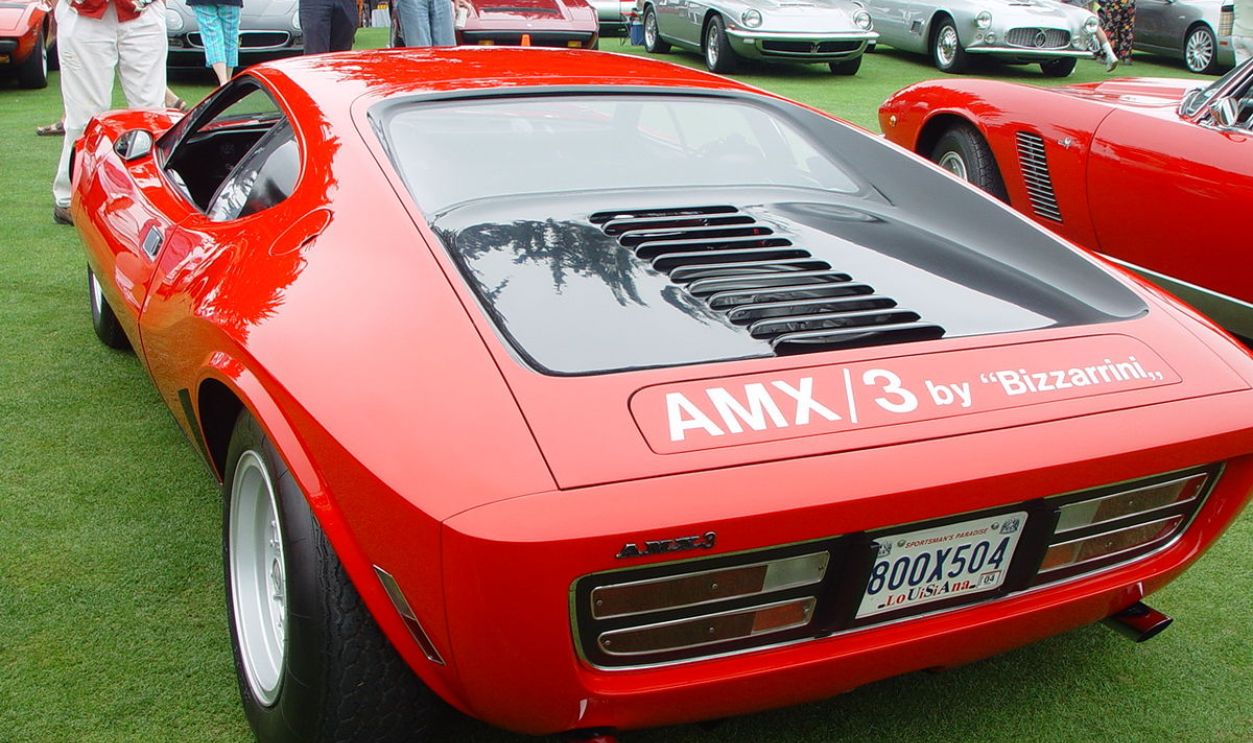 Craig Howell, CC BY 2.0, Wikimedia Commons
Craig Howell, CC BY 2.0, Wikimedia Commons
Use Of Lightweight Materials
Strong emphases were placed on using lightweight materials to maximize performance and agility. Fiberglass and aluminum were used in the AMX/3’s body construction. They reduced the vehicle’s weight and improved its handling and acceleration. These materials produced the right power-to-weight ratio needed by high-performance sports cars.
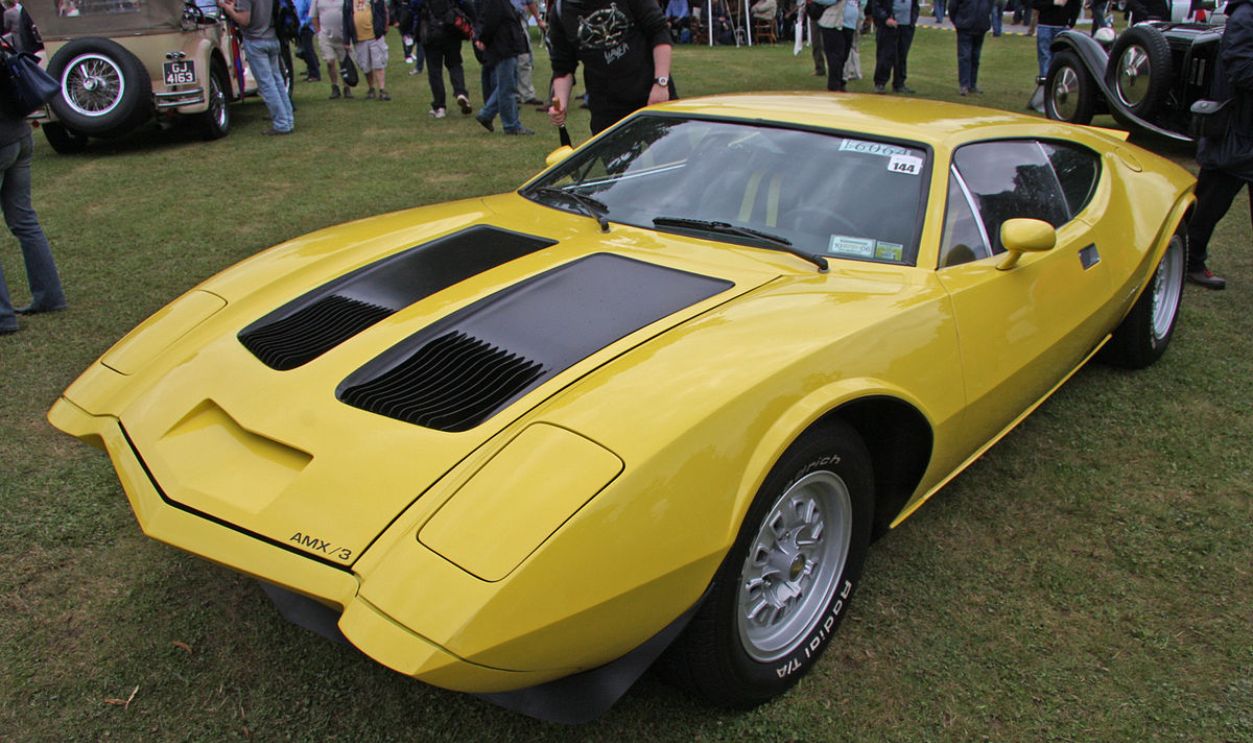 Brian Snelson, CC BY 2.0, Wikimedia Commons
Brian Snelson, CC BY 2.0, Wikimedia Commons
Driver-Centric Interior Design
An aerodynamically designed exterior is nothing without an equally sophisticated interior. So, to keep drivers from abandoning the vehicle mid-journey, the AMX/3’s interior was furnished for comfort and control. All displays were within reach, the steering wheel was designed for optimal handling, and the seats provided excellent support.
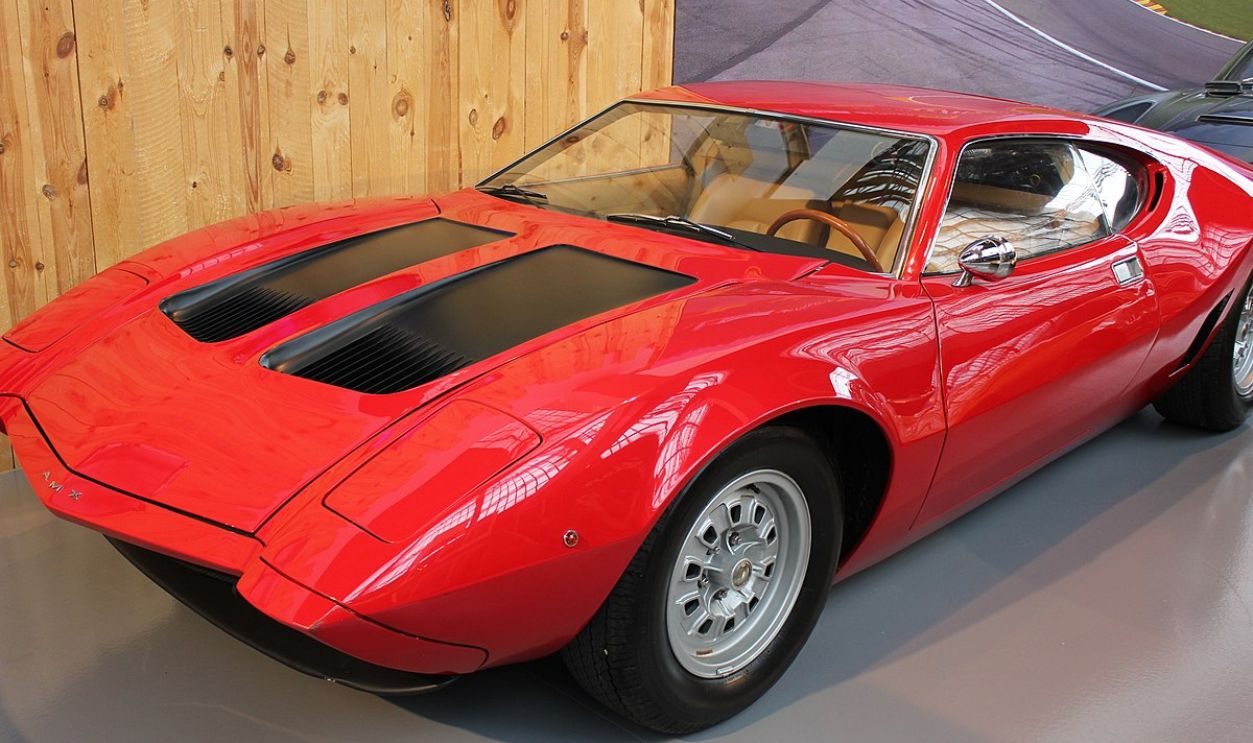 Pedro Pablo, CC BY-SA 2.0, Wikimedia Commons
Pedro Pablo, CC BY-SA 2.0, Wikimedia Commons
Advanced Suspension System
The AMX/3’s sophisticated suspension distinguished it from others. It used a fully independent front and rear suspension system to enhance its handling and stability. The front suspension had double wishbones with coil springs, while the rear used a multi-link setup to provide superior ride quality and cornering prowess.
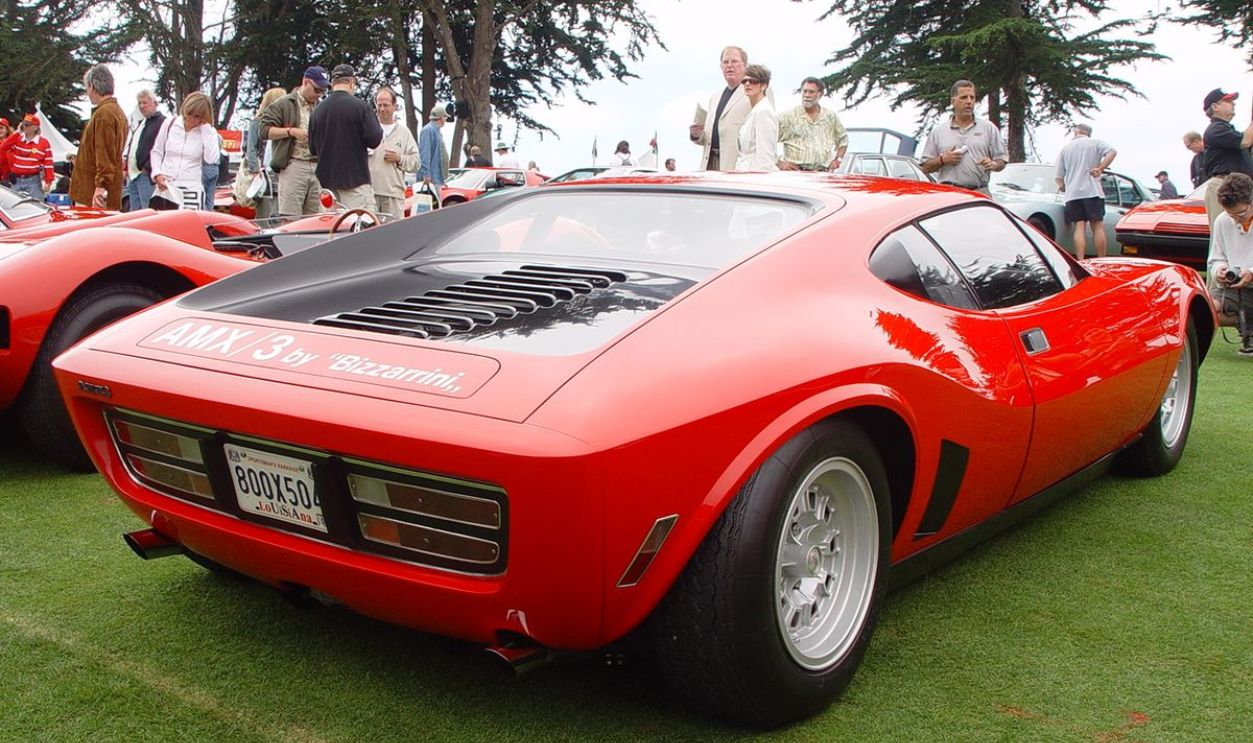 Craig Howell, CC BY 2.0, Wikimedia Commons
Craig Howell, CC BY 2.0, Wikimedia Commons
Excellent Chassis Engineering
The chassis, fabricated with a lightweight, rigid steel backbone, provided rigidity and reduced weight. It also supported the mid-mounted engine, giving the car a low center of gravity and excellent balance. This design showcased AMC’s devotion to engineering superiority in sports car design.
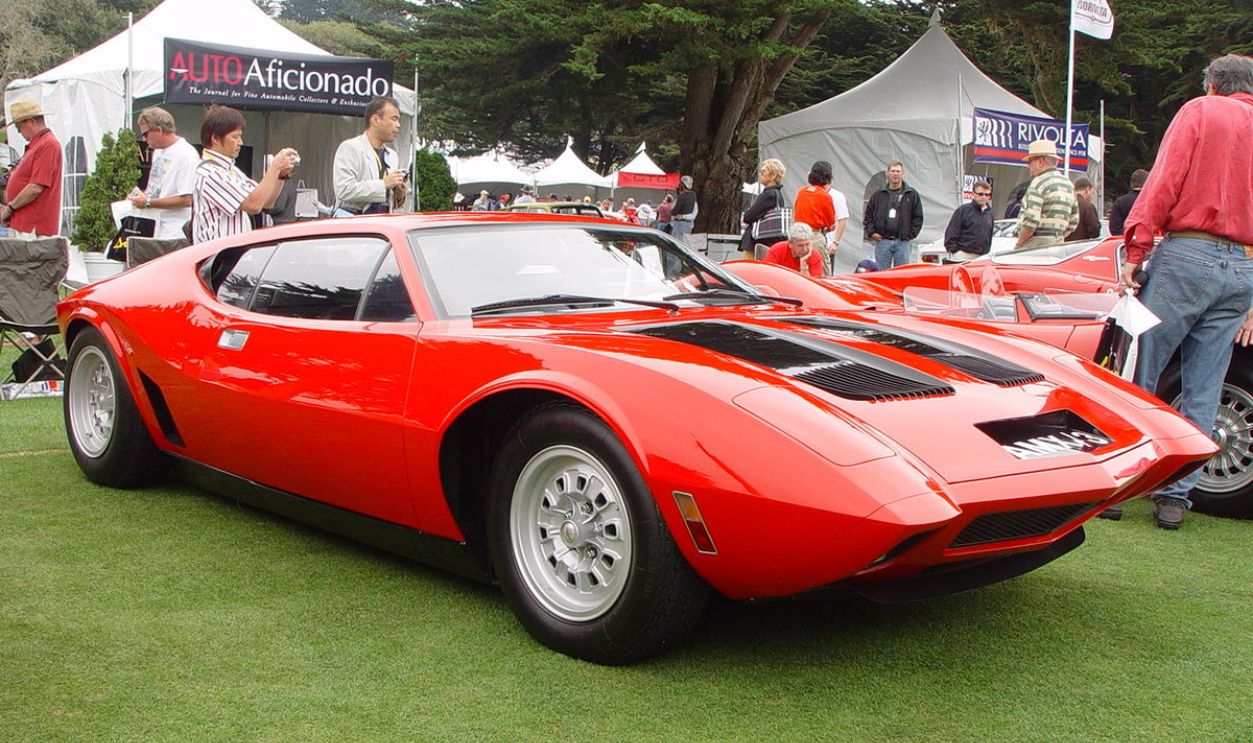 Craig Howell, CC BY 2.0, Wikimedia Commons
Craig Howell, CC BY 2.0, Wikimedia Commons
The AMC 390 V8 Engine
Since the AMX/3 was to compete with the best European supercars, installing an engine prepared for this purpose was necessary. The team settled for the AMC 390 V8, a 6.4-liter engine that yielded 325 horsepower and 425 lb-ft of torque.
Engine Adjustments
To achieve its high-performance goals, the AMC 390 V8 engine has to be tuned to deliver massive power and response. The changes made in the engine included revising the intake system, adding a high-performance camshaft, and upgrading the exhaust headers. These efforts collectively boosted horsepower and torque.
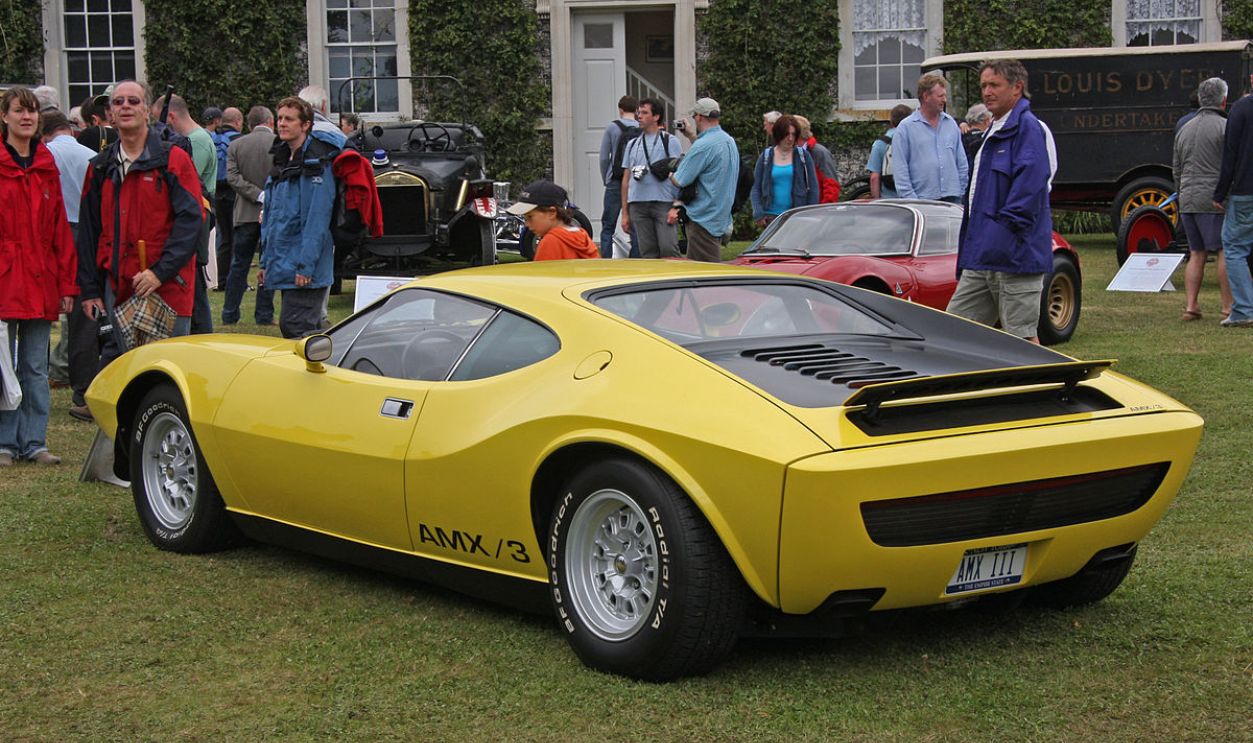 Brian Snelson, CC BY 2.0, Wikimedia Commons
Brian Snelson, CC BY 2.0, Wikimedia Commons
Transmission Option
At first, the AMX/3 prototype had a four-speed manual transmission. It guaranteed precise gear changes and maximum driver engagement necessary for a sports car. However, it didn’t appeal to the larger part of AMX/3’s audience and would have impacted its success if it hadn’t been changed.
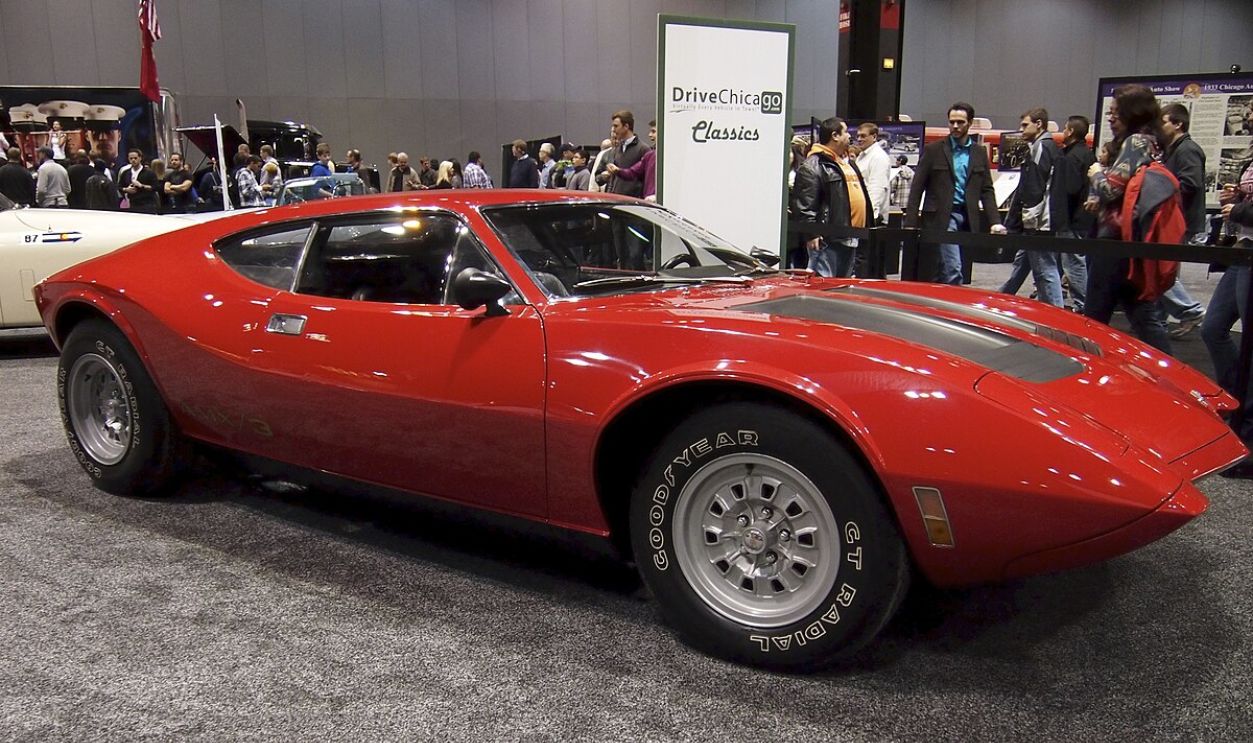 Chad Kainz, CC BY 2.0, Wikimedia Commons
Chad Kainz, CC BY 2.0, Wikimedia Commons
Projected Performance
Powered by the powerful AMC 390 V8 engine, the AMX/3 was expected to yield about 340 horsepower and 430 lb-ft of torque, which was mind-blowing at that time. It was also hoped that his power output, mid-engine layout, and advanced engineering would deliver about 160 mph.
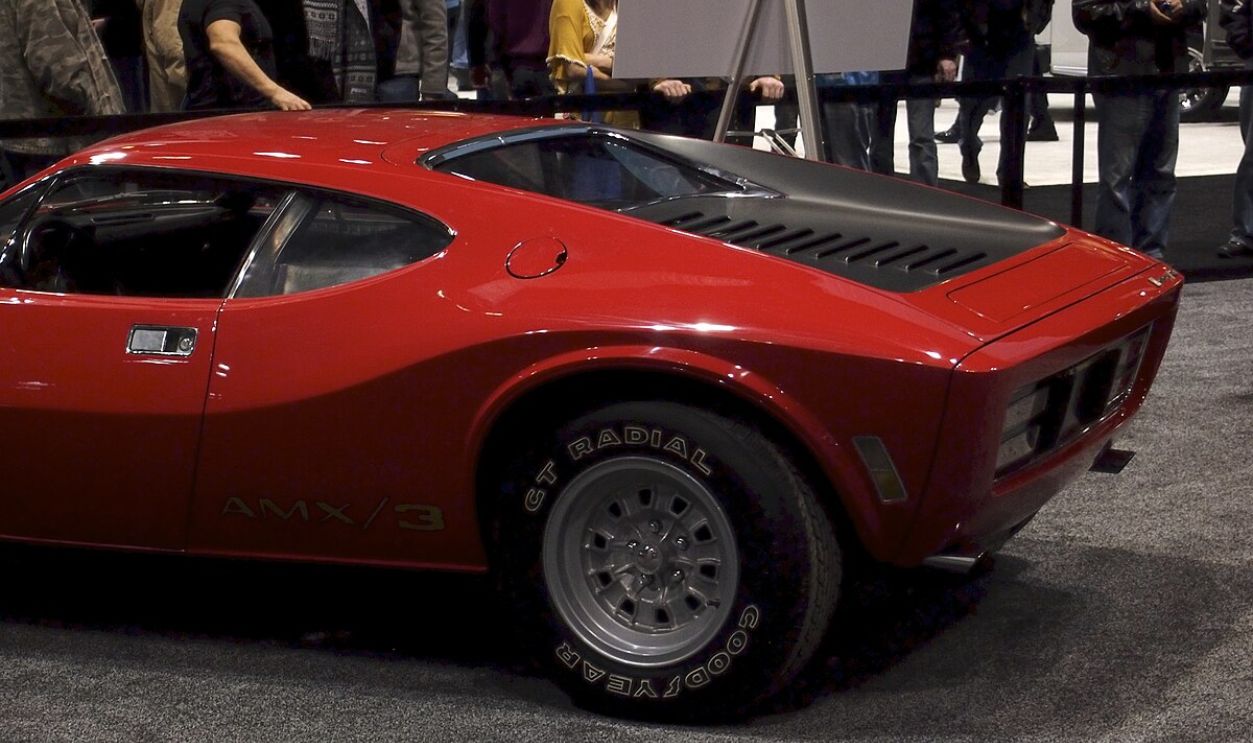 Chad Kainz, CC BY 2.0, Wikimedia Commons
Chad Kainz, CC BY 2.0, Wikimedia Commons
The Birth Of The First AMX/3 Prototype
With all preparations complete, it was time to produce the prototype. Anticipations were high as this was a significant time in American auto history. The prototype, built in Italy, proved Bizzarrini’s expertise. It was completed in 1969 and combined output and aesthetics.
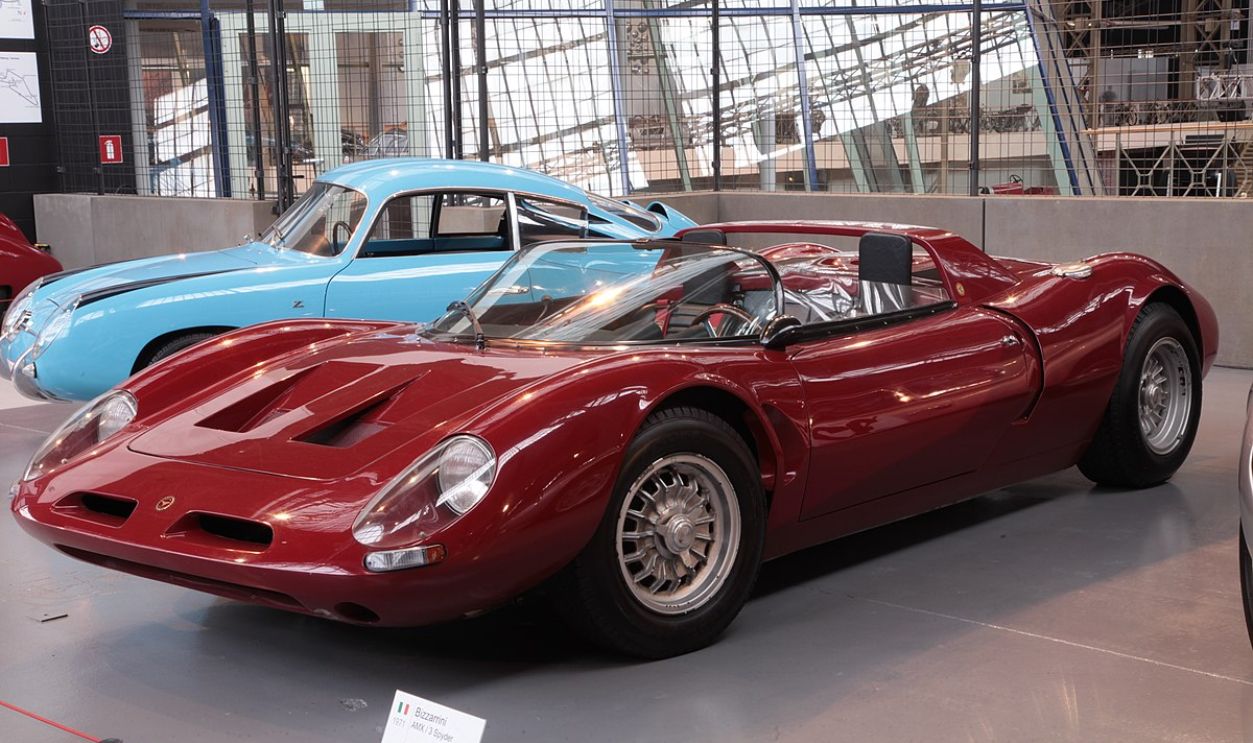 Gordon Calder, CC BY 2.0, Wikimedia Commons
Gordon Calder, CC BY 2.0, Wikimedia Commons
Initial Testing And Results
Testing began immediately after its release. Thankfully, the AMX/3 delivered good results in accordance with AMC’s goals. Test drivers appreciated the car’s handling, thanks to its suspension and low center of gravity. Imagine the reactions at Lamborghini and Miura when news of the new kid reached them.
Further Changes
As the testing continued, many areas needing improvements were exposed. Engineers worked on the car’s mid-engine layout to better weight distribution and handling. The suspension was also adjusted for comfortability, while the engine was revised to improve cooling and reliability.
More Prototypes And Revisions
Several prototypes were issued, including the new revisions to refine the vehicle’s design and performance. Although limited in number, the prototypes improved the AMX/3. With each change, AMC showed great devotion to its vision of creating a world-class sports car.
European Track Testing
Towards the end of the production of prototypes, AMC began testing the car on actual European race tracks. AMC engineers conducted rigorous tests on European tracks like the Nürburgring. These final tests ensured that the AMX/3 stood a chance with Europe’s best supercars of the era.
 Unknown Photographer, Wikimedia Commons
Unknown Photographer, Wikimedia Commons
Financial Constraints
During the evolution of the AMX/3, AMC faced financial challenges that affected the project. AMC had few resources because it was a small company competing against established companies. Also, the cost of building a mid-engine supercar added pressure to AMC’s budget.
Challenge With The Mid-Engine Design
One constant problem was perfecting the car’s chassis and suspension system to ensure superior handling and stability at high speeds. Though the mid-engine layout offered more balance, it posed difficulties in heat management and weight distribution, requiring creative cooling systems and careful material selection.
Challenge With The Aerodynamics
Integrating the powerful AMC 390 V8 engine into the aerodynamic design was difficult. They wanted to achieve this without compromising structural integrity or performance. These hurdles slowed the project’s progress and contributed to the decision to limit the AMX/3 to just a few prototypes.
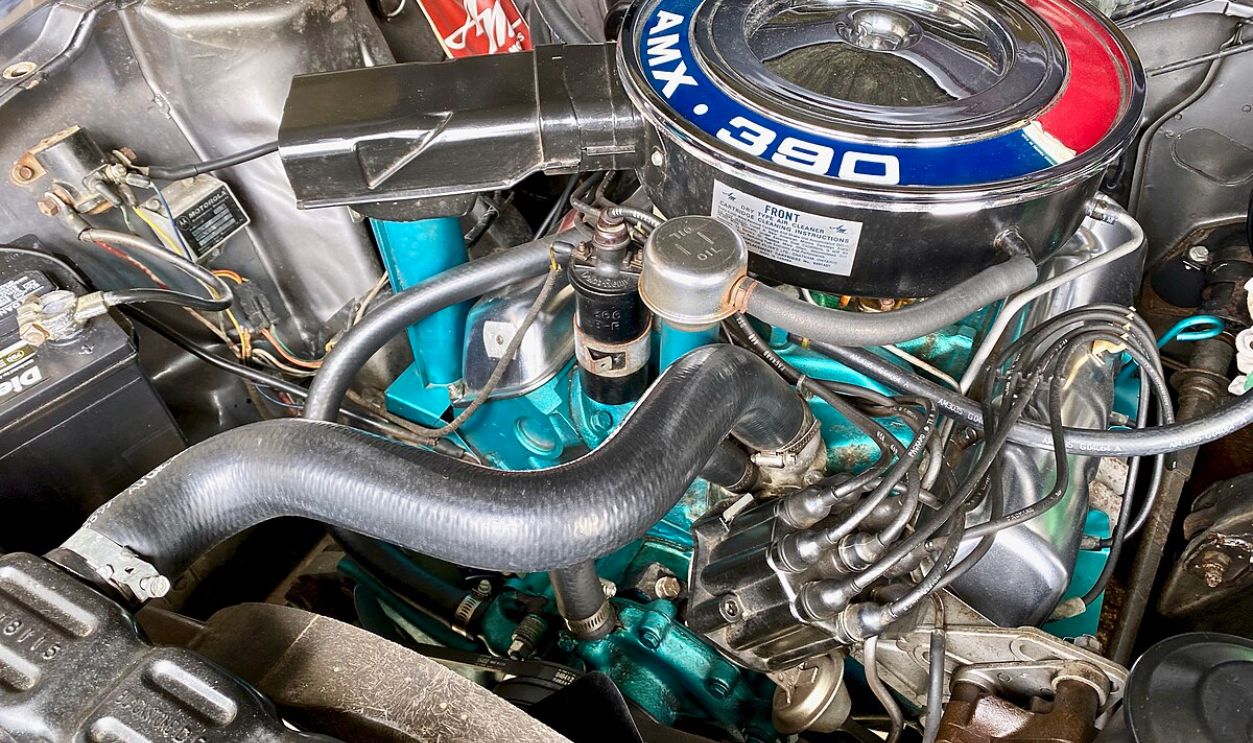 CZmarlin, CC0, Wikimedia Commons
CZmarlin, CC0, Wikimedia Commons
Goals Vs. Finance
AMC’s desire to create a sports car was brave but challenging. Hiring experts like Giotto Bizzarrini and Giorgetto Giugiaro was costly, and repeatedly building new prototypes added to the expenses. These constraints forced AMC to revise its initial plans for mass production.
Internal Debates
Several debates were going on within AMC regarding the viability of the AMX/3 project. As a company committed to practical, budget-friendly cars, moving toward the high-stakes world of exotic sports cars raised concerns among executives and engineers. Many felt they were biting more than they could chew.
Failed Plans For Limited Mass Production
The initial plan had been to produce a small number of AMX/3 models to advertise the brand as a force to reckon with in the sports car industry. However, financial concerns and technical challenges forced AMC to make only a few prototypes of the AMX/3.
The Impact Of Market Conditions
Prevalent market conditions showed that the project was timed wrongly. In the early 1970s, fuel prices were sky-high, and shifted consumer choices towards more fuel-efficient vehicles. It also reduced the desire for high-performance sports cars like the AMX/3.
Abandoning The Project
At long last, AMC decided that embarking on the AMX/3 wasn’t a good decision. Defeated, the board resolved to halt mass production. So, after about two years of design, development, testing, and readjustments, the AMX/3 was abandoned as a rare prototype rather than a commercial success.
Comparing The AMX/3’s Design And Performance With Its Rivals
In many ways, the AMX/3’s design was different from that of its competitors. Its mid-engine layout had better handling, and its aerodynamic body competed with the design principles of its competitors. The AMC 390 V8 engine was also expected to offer competitive acceleration.
Pricing Strategy and Market Positioning of the AMX/3
No one knows exactly what AMC’s pricing strategy for the AMX/3 was. However, the assumption is that the company hoped to price the supercar competitively but above standard muscle cars. This plan was to strike a balance between exclusivity and accessibility.
Moving Away From Sports Cars
After the AMX/3’s failure, AMC had to think fast. In the early 1970s, it refocused its efforts on more economically profitable models. This shift was an approach used by most automakers to survive economic frictions. Guess they’ve learned their lesson.
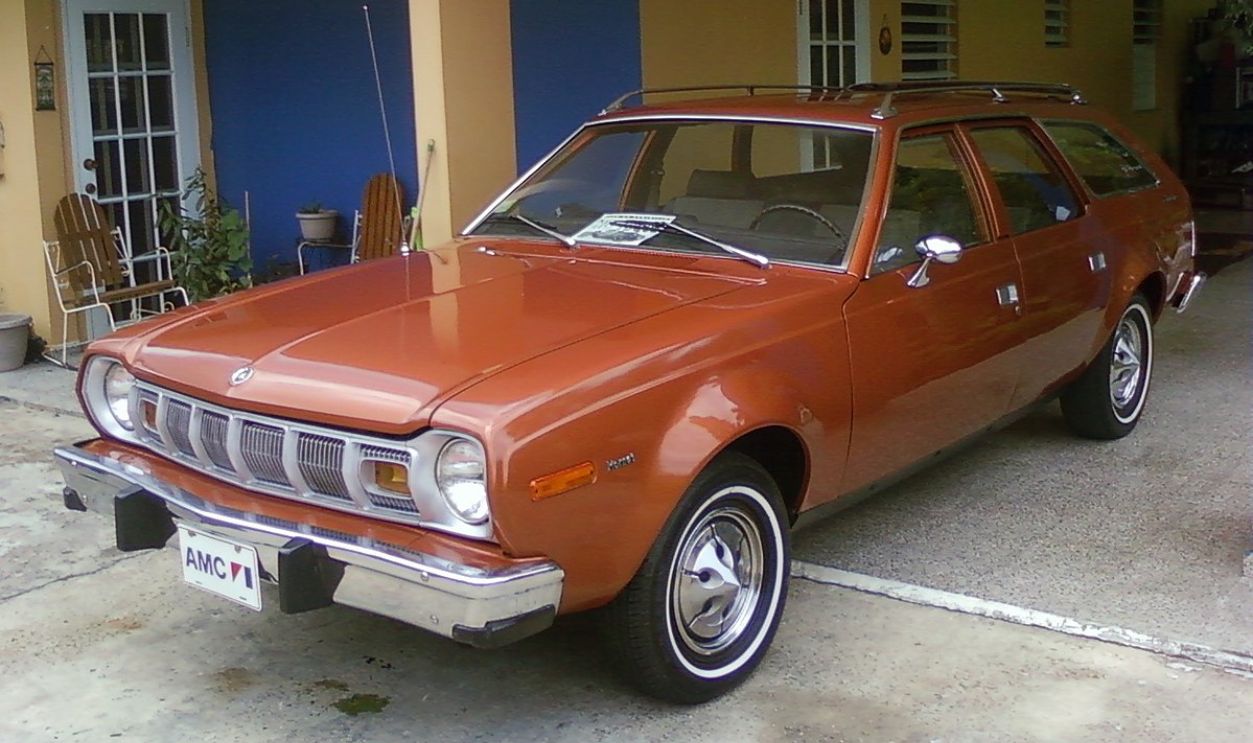 Denam Rivera, CC BY-SA 3.0, Wikimedia Commons
Denam Rivera, CC BY-SA 3.0, Wikimedia Commons
The AMX/3’s Legacy
Though the AMX/3 project had ended, it wasn’t entirely a waste. The lessons learned changed AMC’s design principles. The challenges and innovations from the mid-engine and aerodynamic build changed AMC’s approach to car engineering, influencing newer versions like the Javelin.
An Icon Of Rarity And Innovation
The AMC AMX/3 is a rare and iconic prototype in automotive history because it combines ambition and innovation. Only a handful of prototypes were released, making the AMX/3 a coveted piece among collectors and automotive enthusiasts.
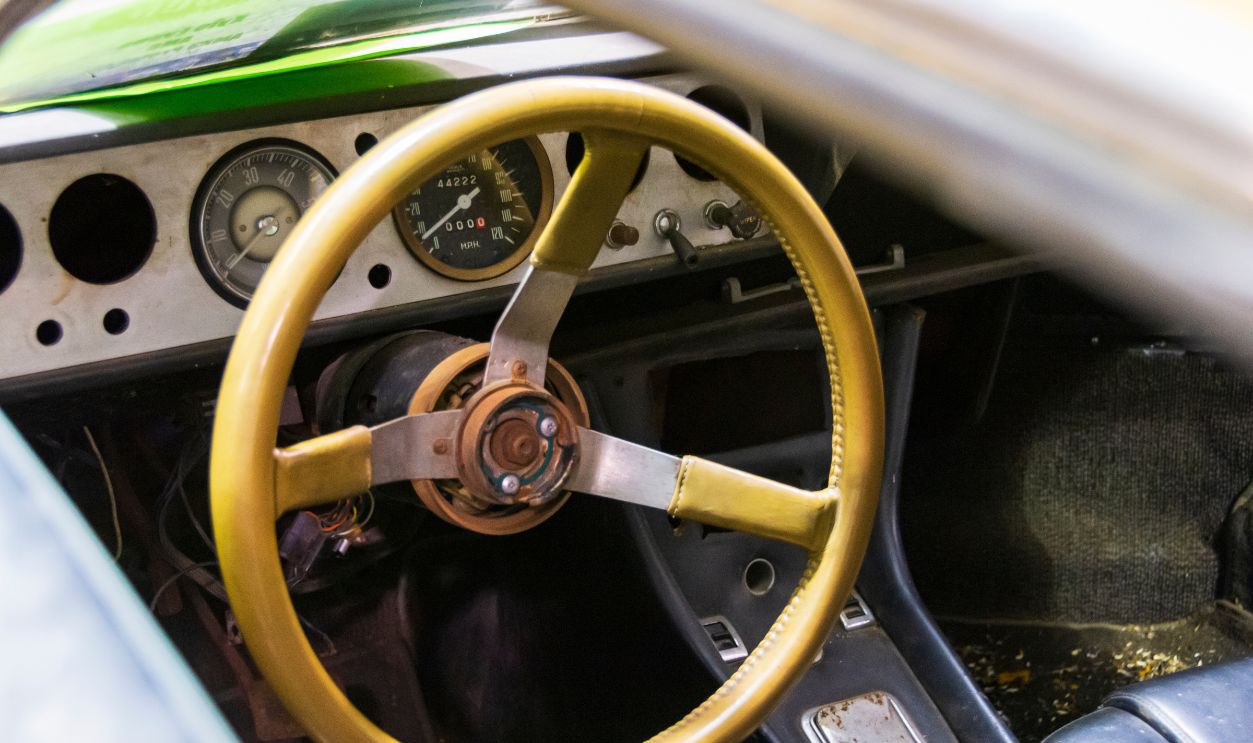 David S Swierczek, Shutterstock
David S Swierczek, Shutterstock
Cultural Impact
Notwithstanding its failure, the AMX/3 project still influenced the culture of the car industry, as seen in its appearance in media and literature. Its futuristic design and the mystique encompassing its development have made it the subject of articles and reviews.
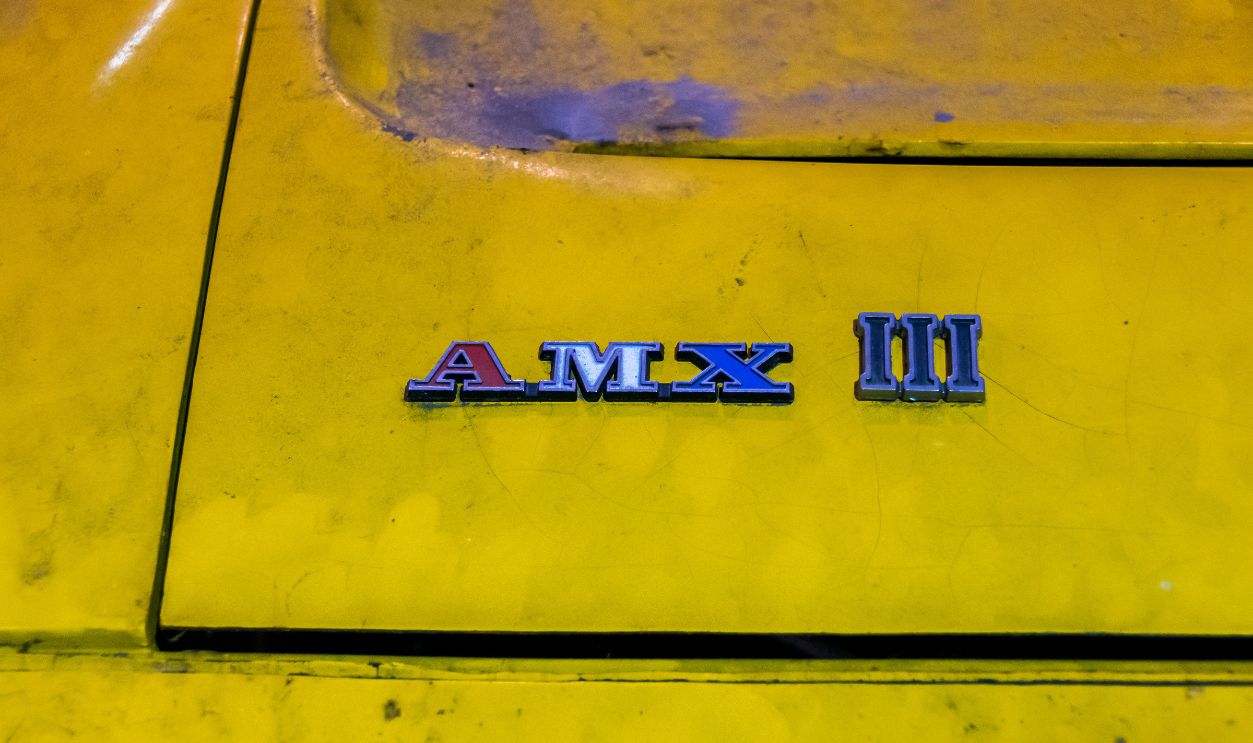 David S Swierczek, Shutterstock
David S Swierczek, Shutterstock
Survival Of AMX/3 Prototypes
Only six prototypes of the AMC AMX/3 were produced, each one a rare piece of automobile history. Three of these prototypes are still in existence, carefully preserved or restored by collectors and enthusiasts. Some are also regularly presented at classic car events and auctions.
Locating Surviving Models
All surviving AMX/3 models are rare and scattered. One of the most famous AMX/3 prototypes can be seen at the Petersen Automotive Museum in Los Angeles. Nothing could have convinced AMC that in a few years, the AMX/3 will only be useful as a relic.
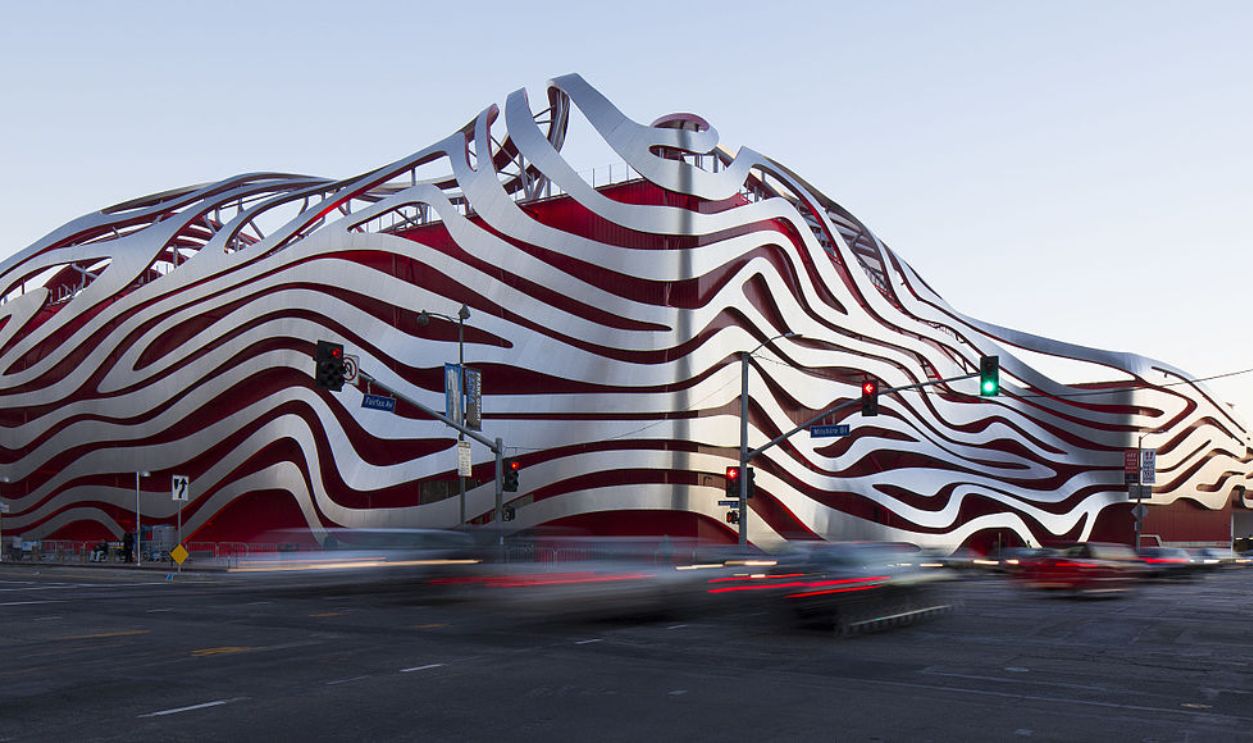 David Zaitz, CC BY-SA 4.0, Wikimedia Commons
David Zaitz, CC BY-SA 4.0, Wikimedia Commons
Restoration Efforts
Failure, they say, is not final. Some collectors and fans are endeavoring to restore these unique vehicles. These experts aim to return these rare cars to their initial states. The advantage of these efforts is that they safeguard the car’s legacy and keep its design alive for future generations.
Restoration Challenges
While restoration efforts are noteworthy, they are often demanding, given the few available models and sophisticated designs. With only a few prototypes, original parts are scarce, and the complex Italian engineering requires experts skilled in American and European automotive technologies.
Notable Auctions Prices
The few surviving and elusive prototypes have fetched impressive prices at auctions. One of them, for instance, sold at a high-profile auction for over $1.5 million. These prices highlight how highly collectors value the AMX/3 as a pioneering American sports car that never reached full production.
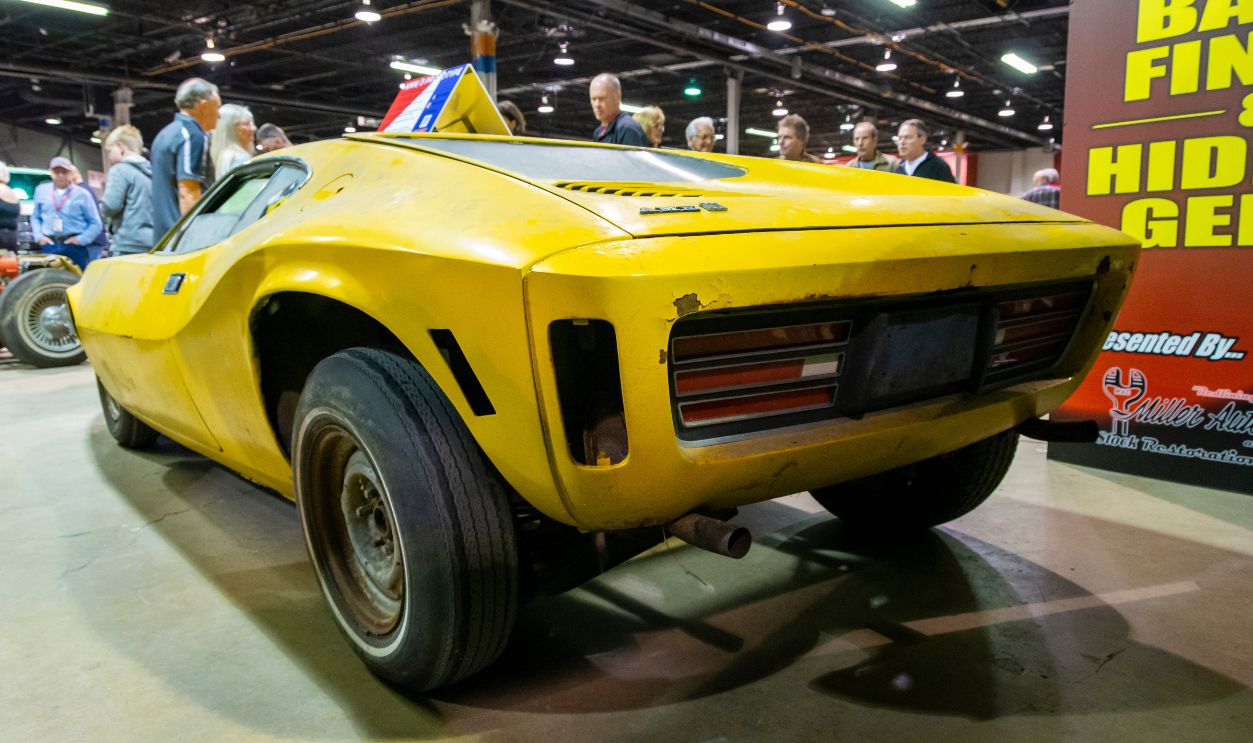 David S Swierczek, Shutterstock
David S Swierczek, Shutterstock


